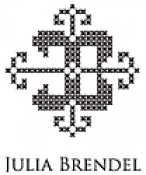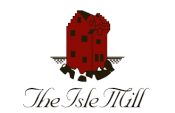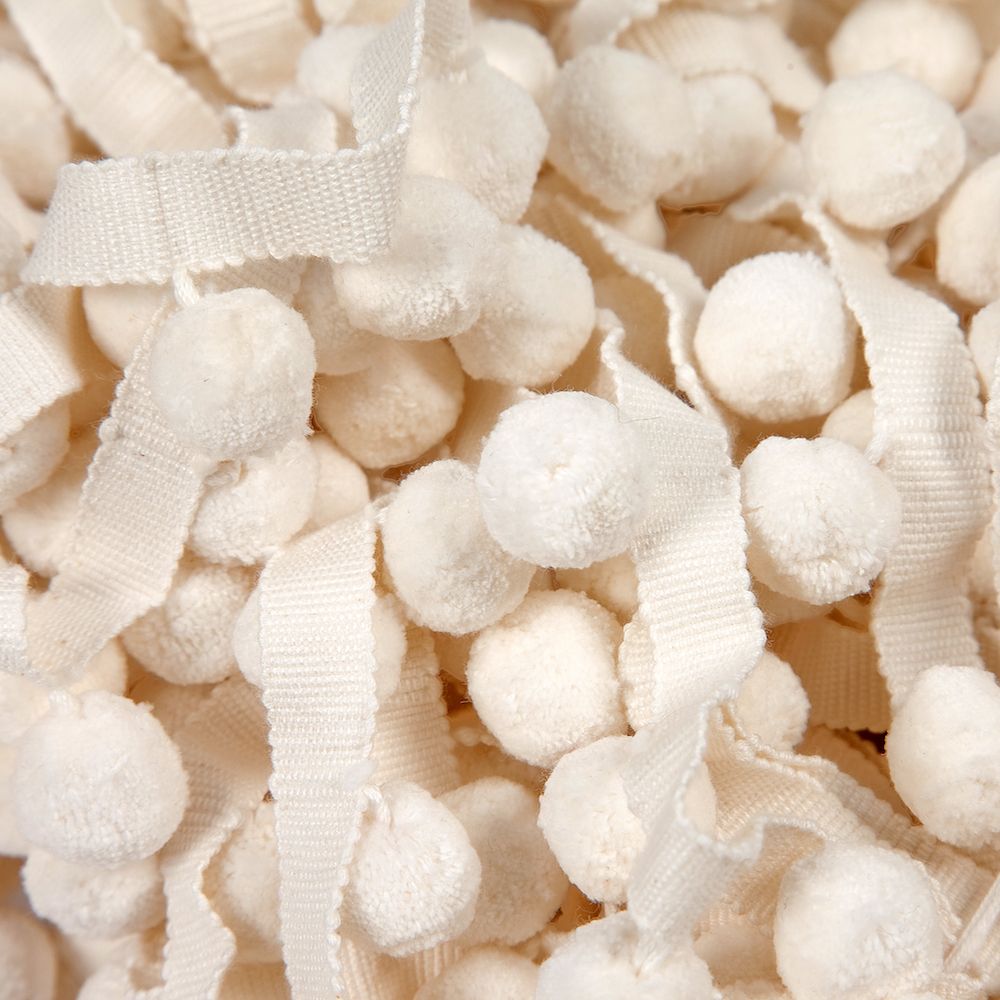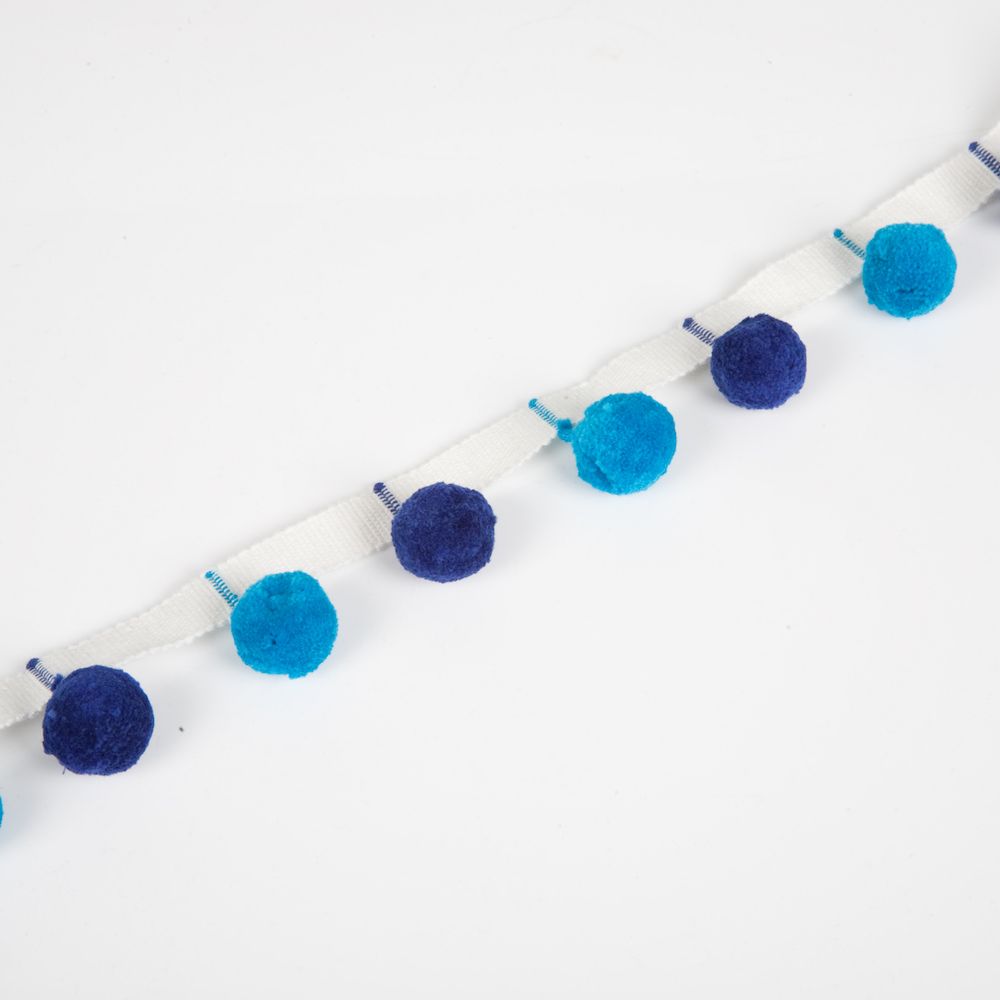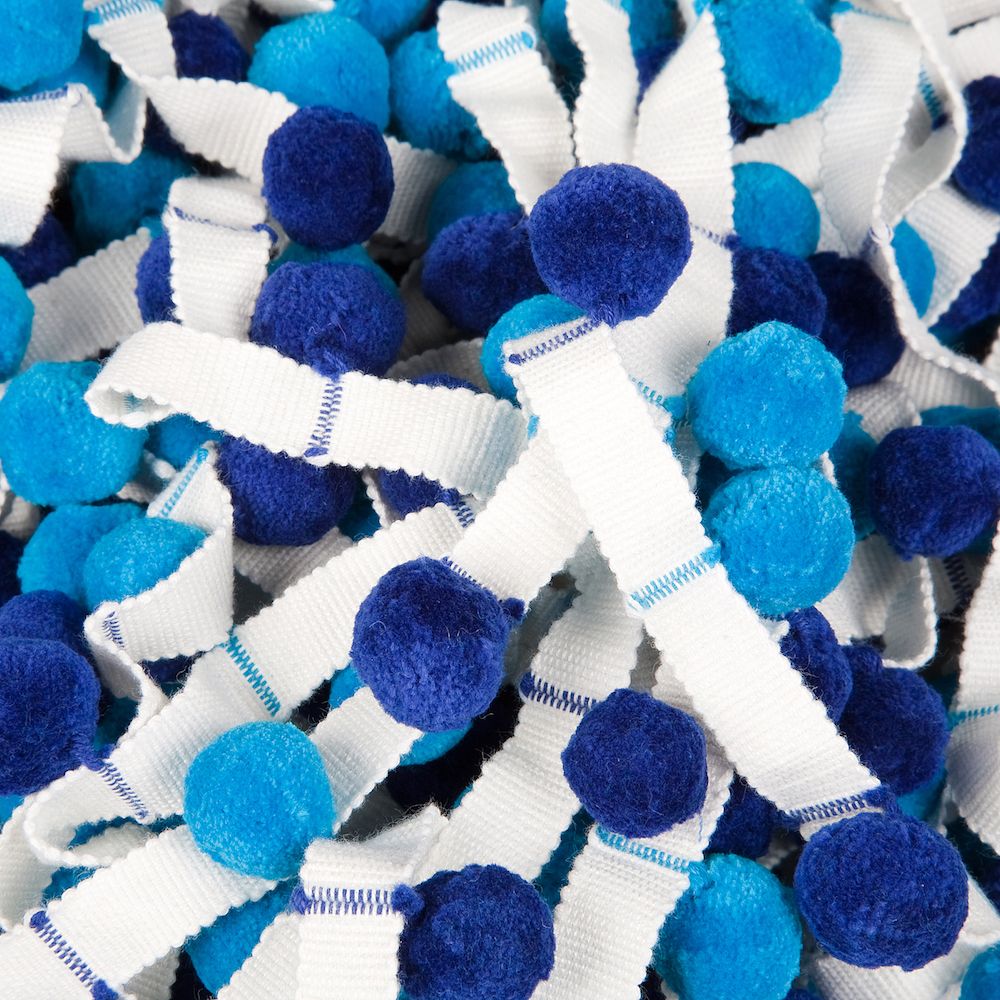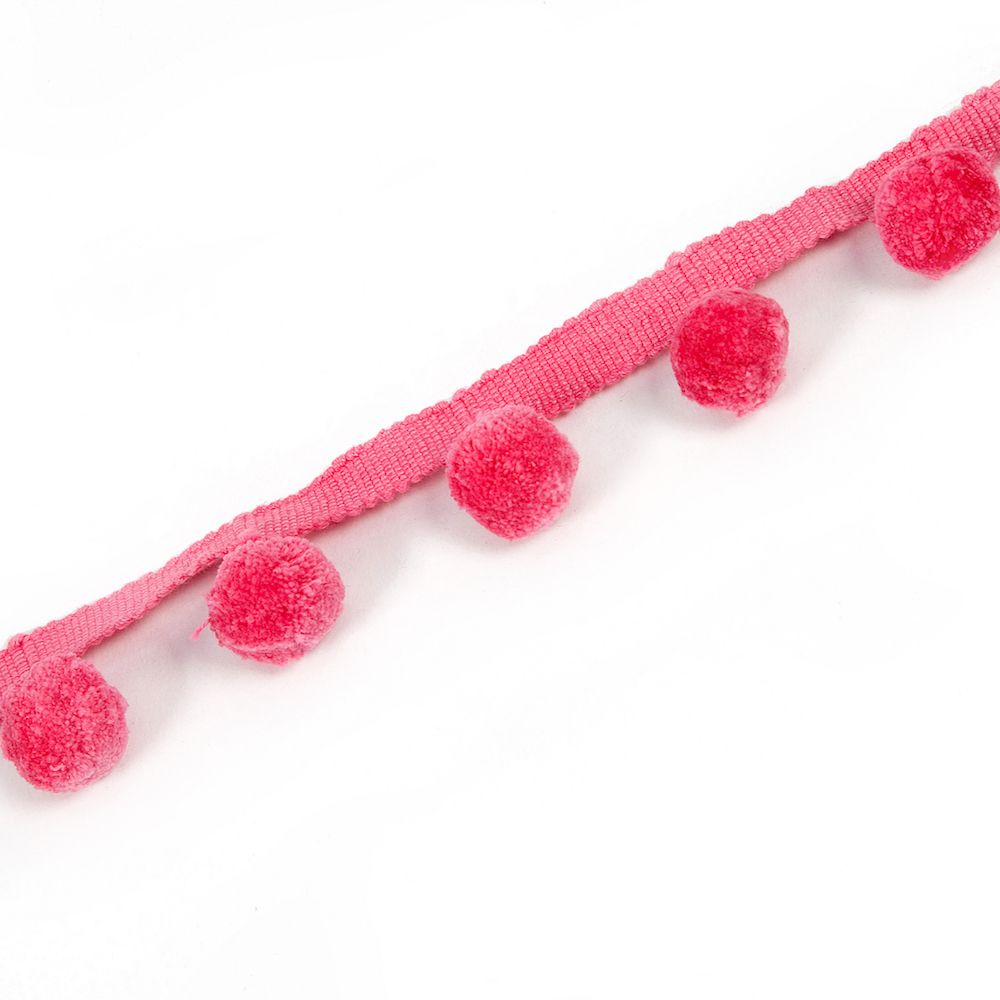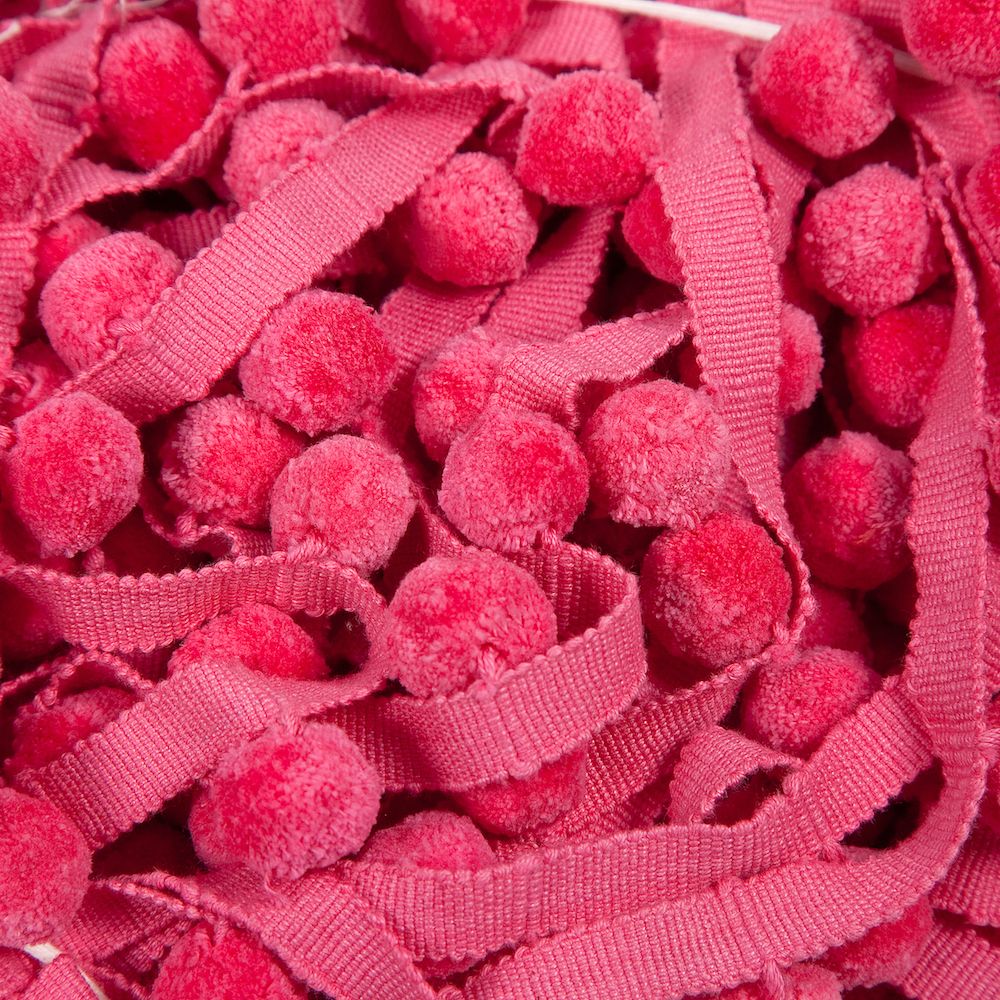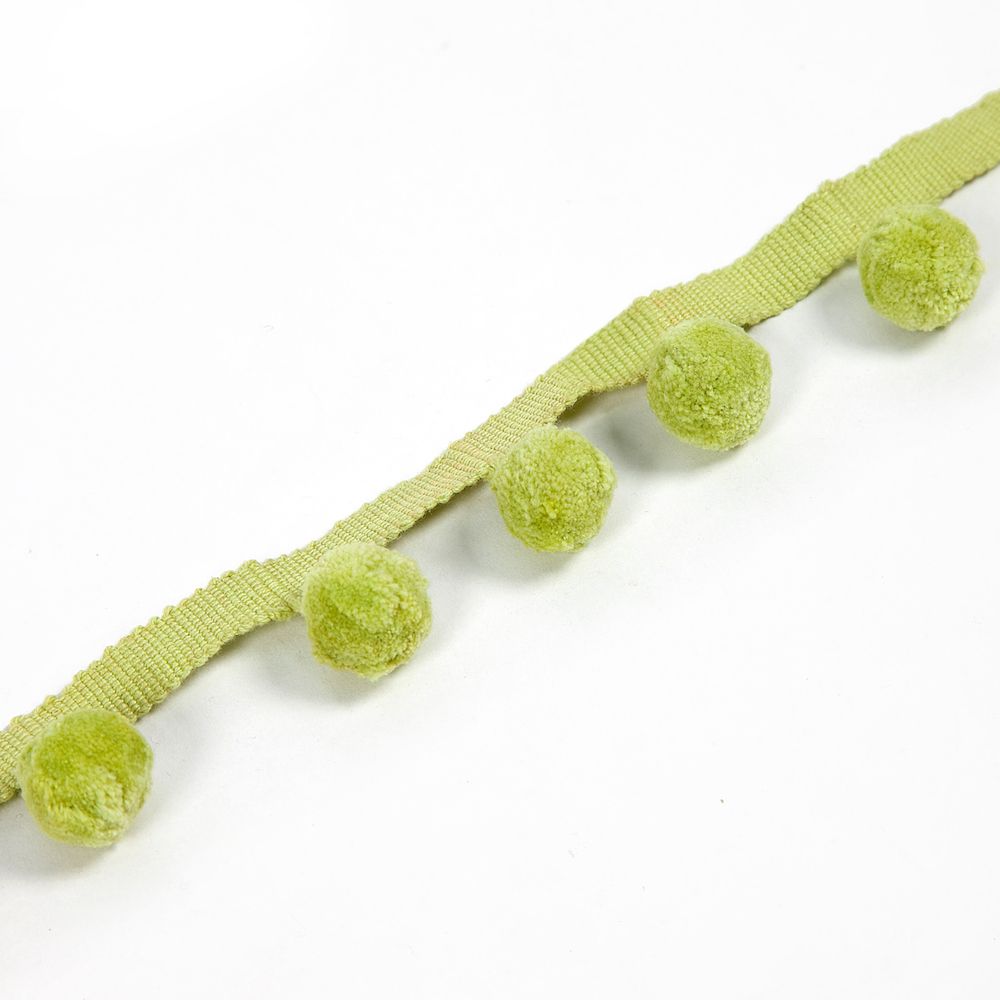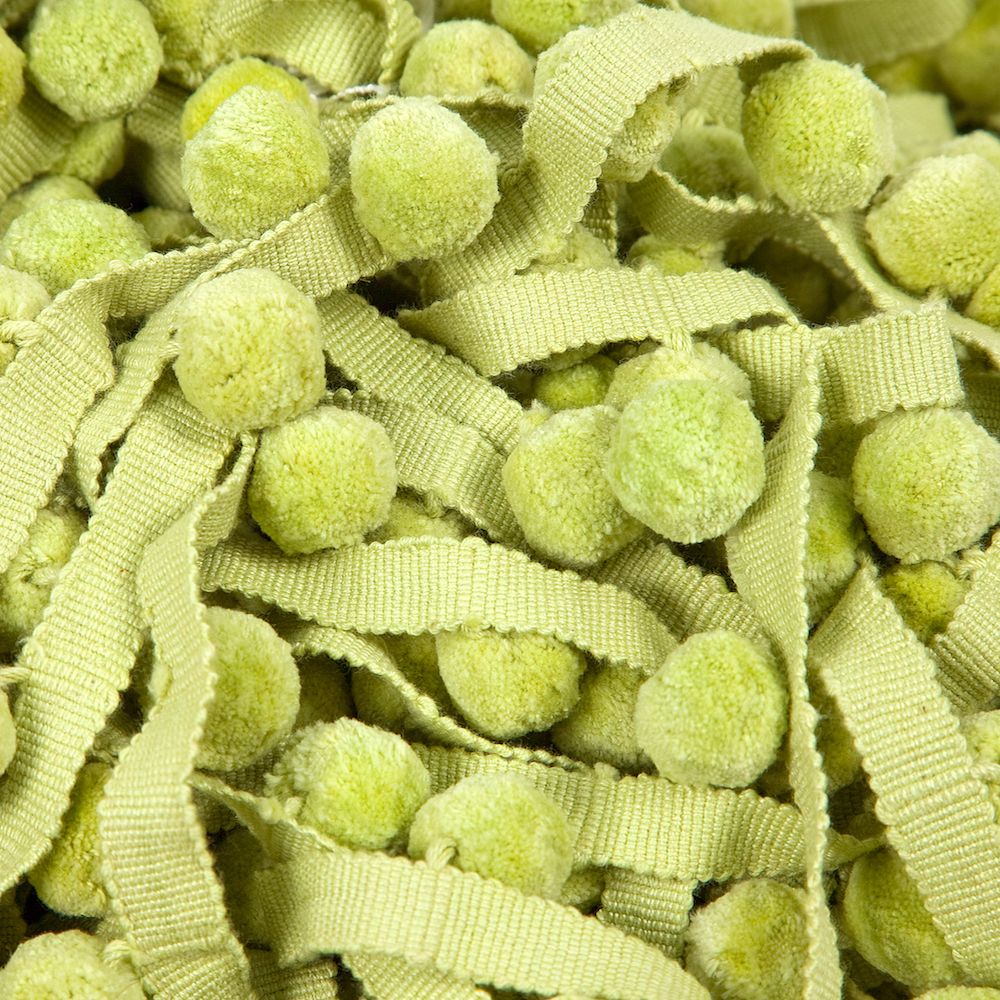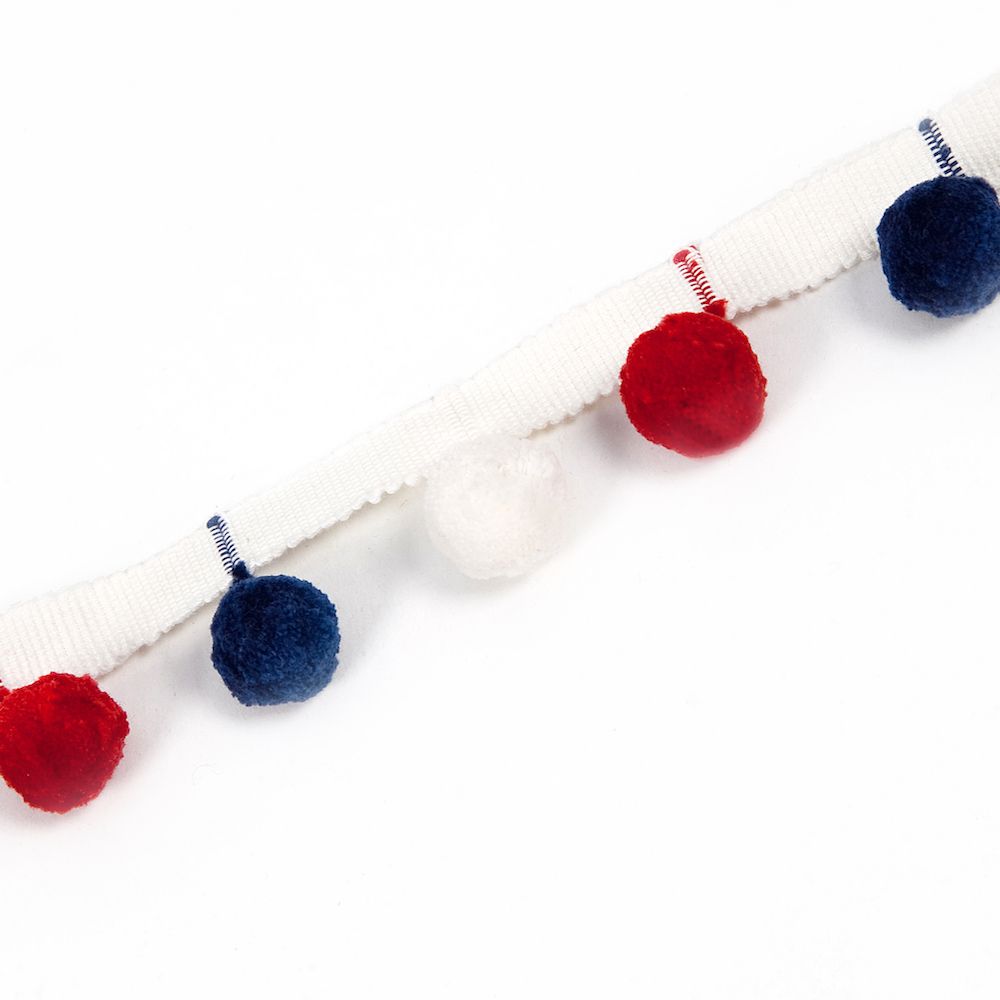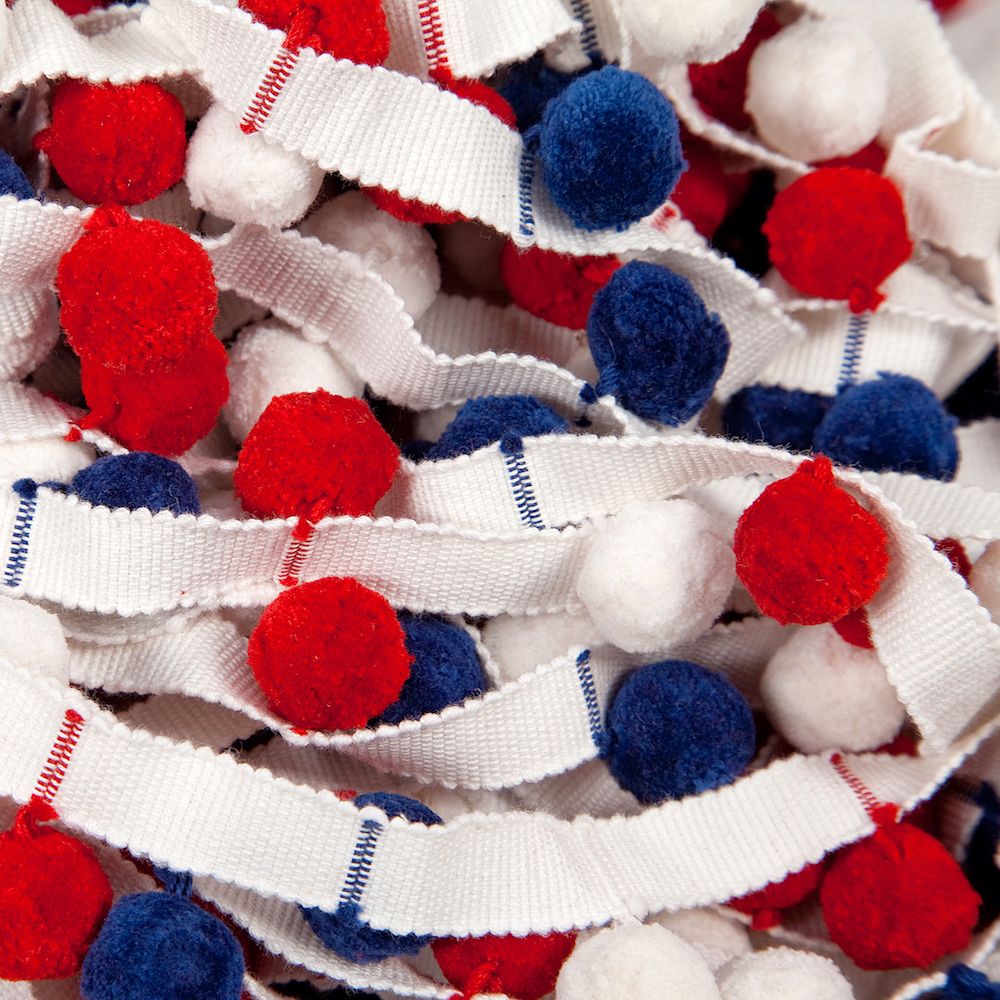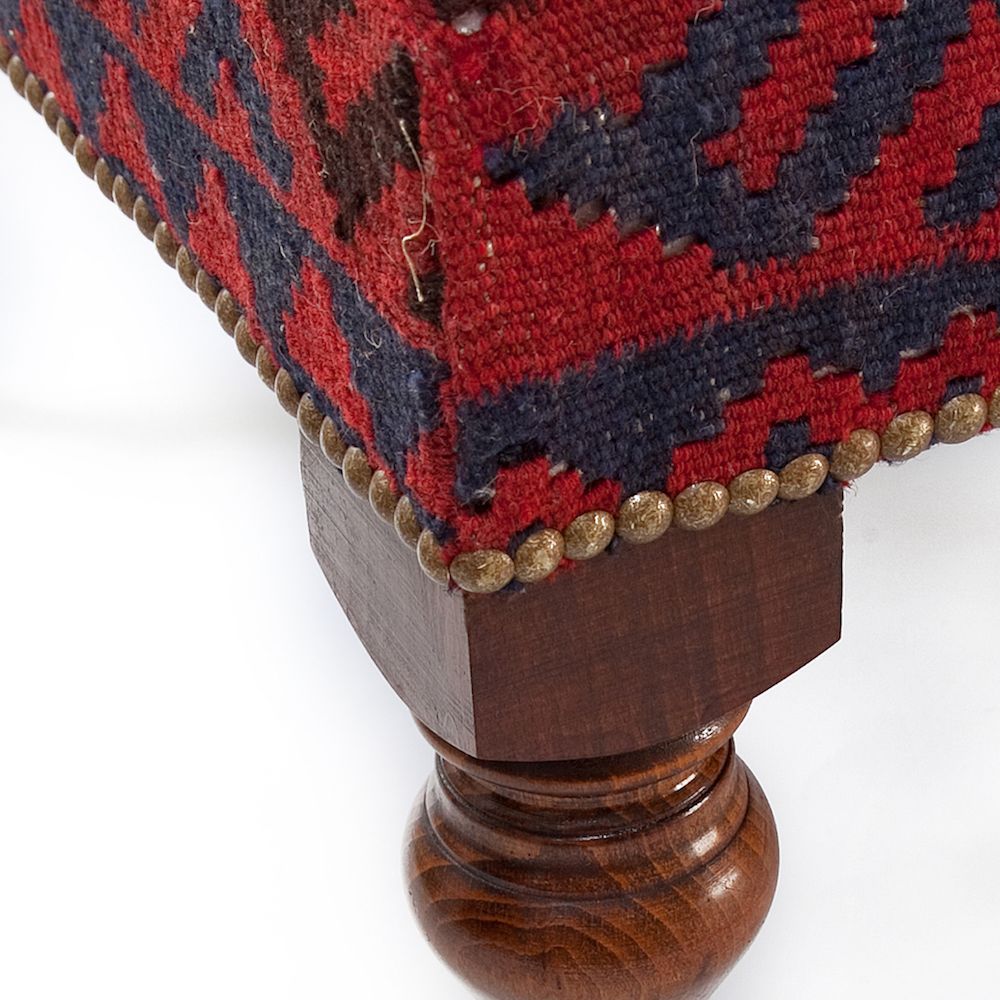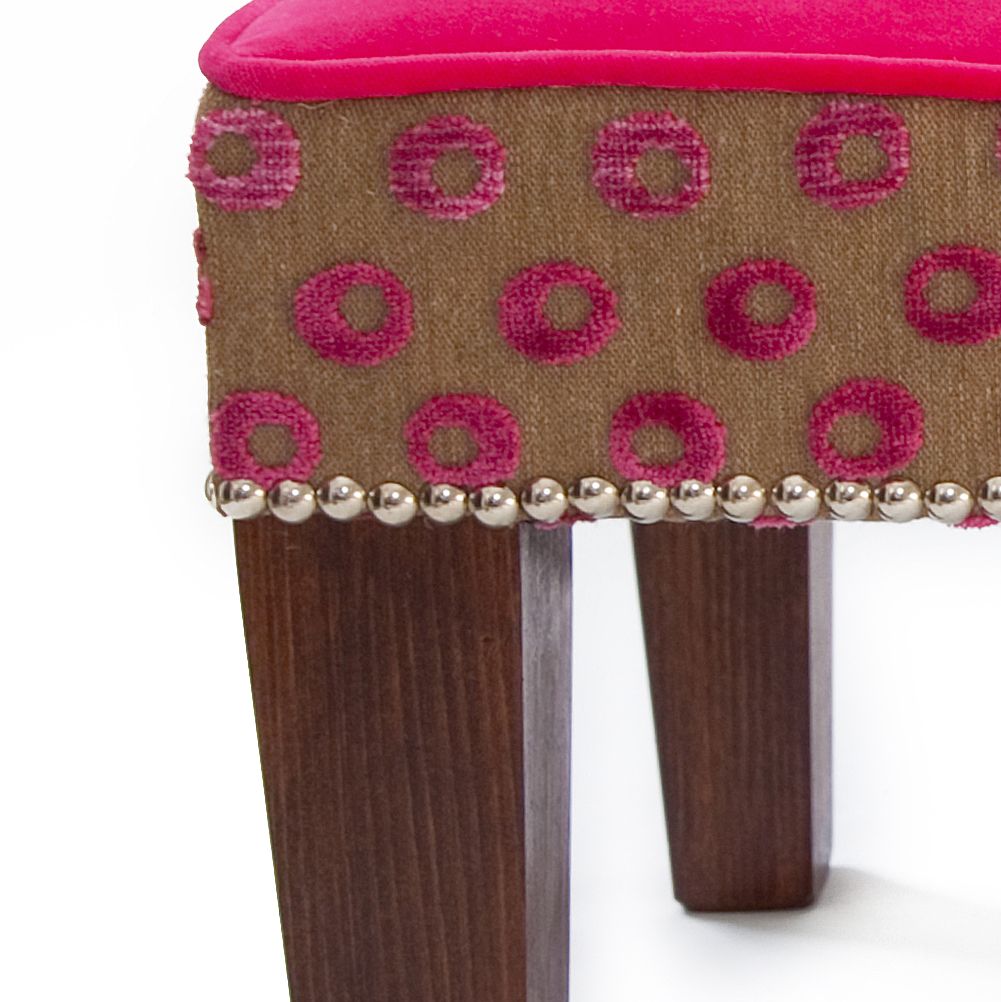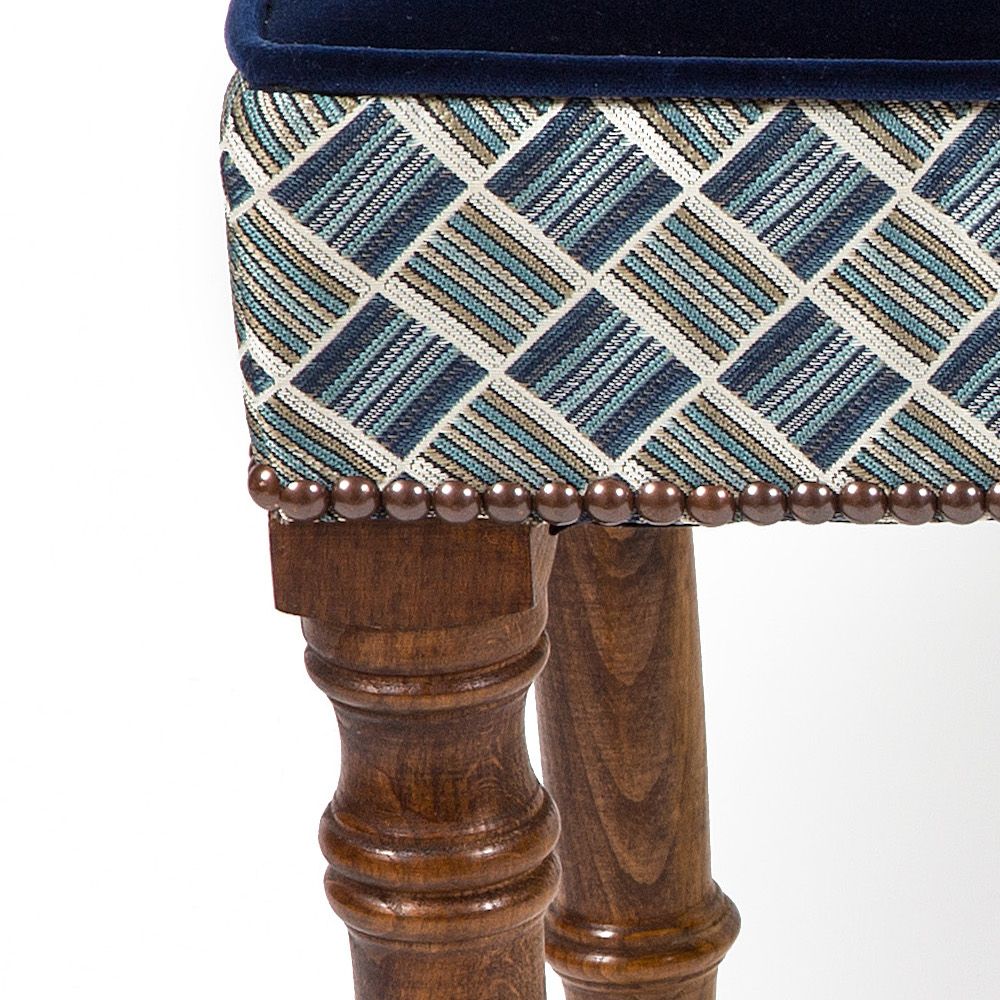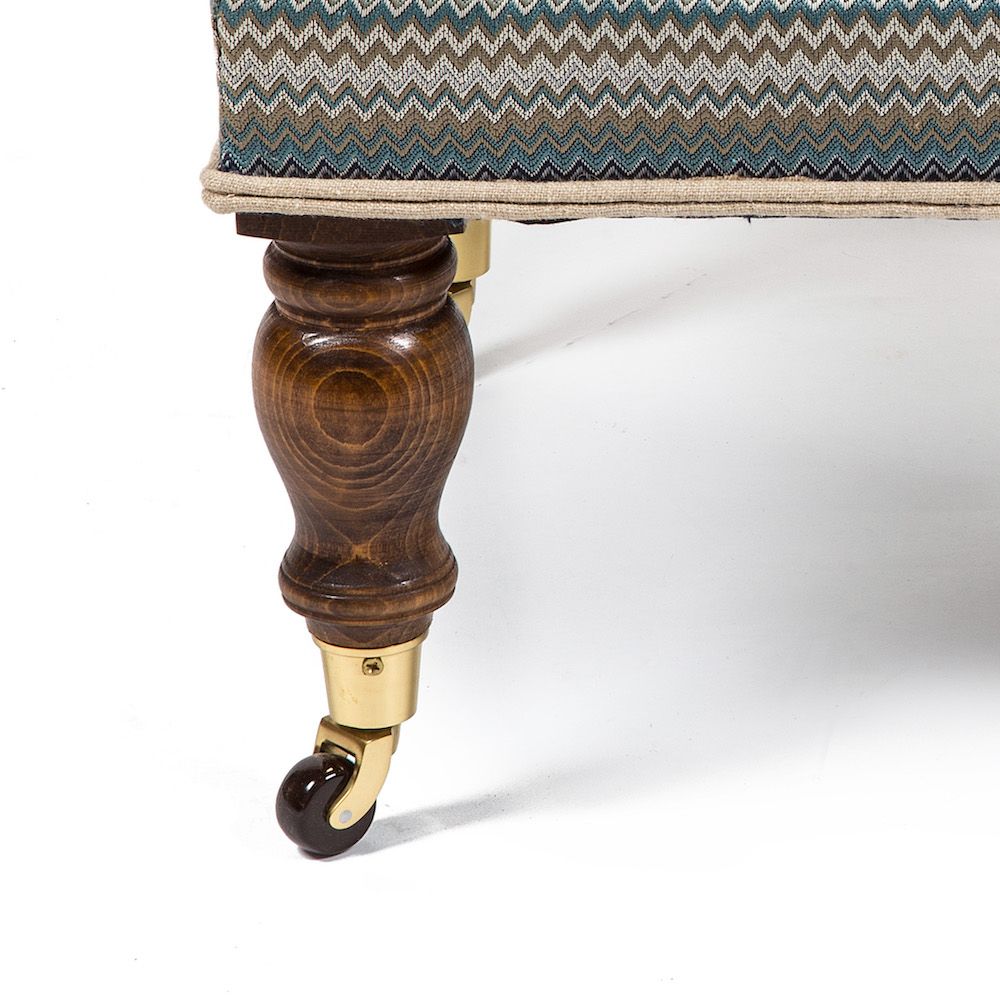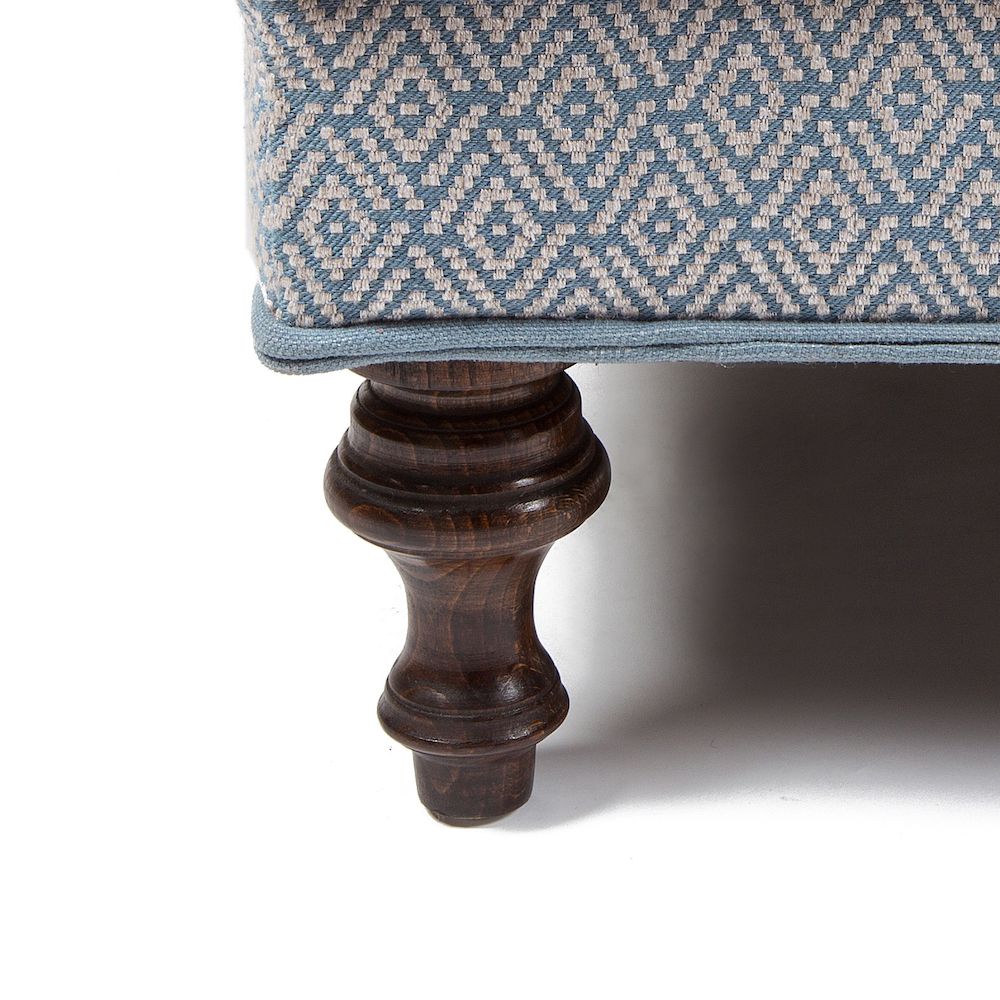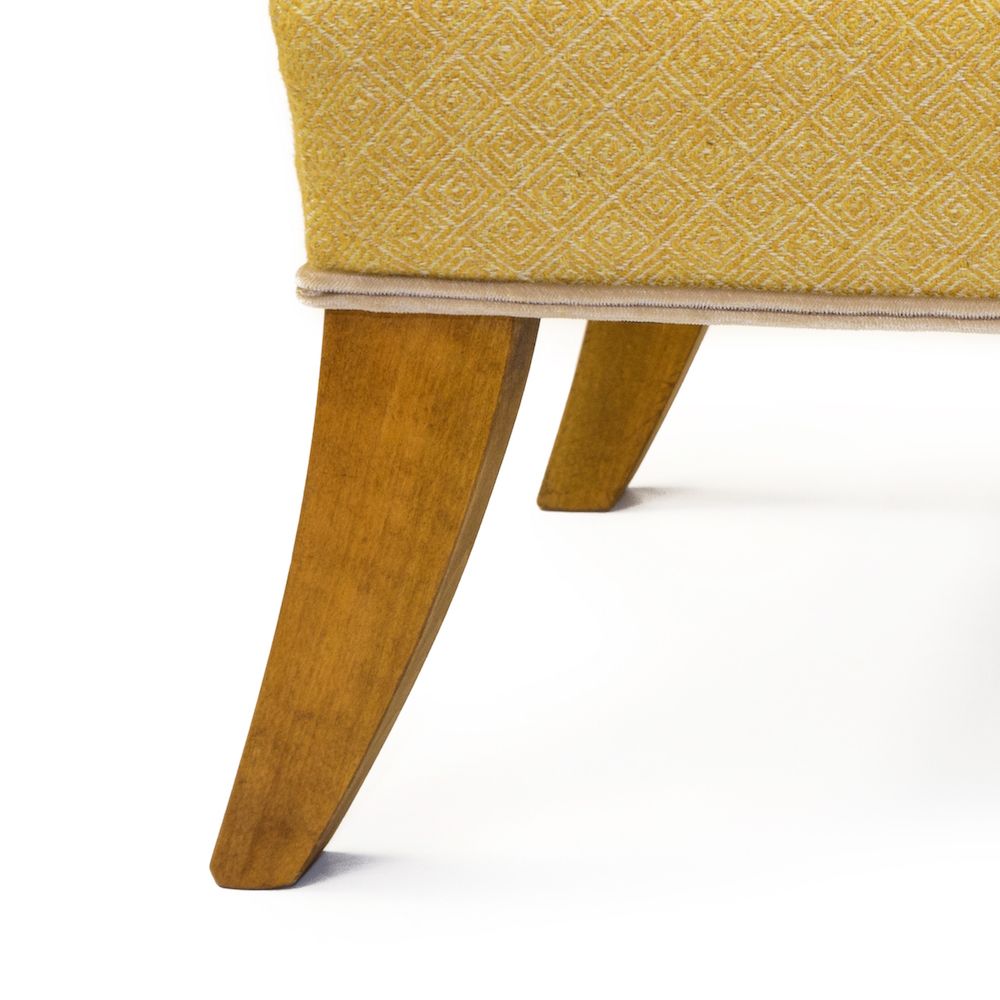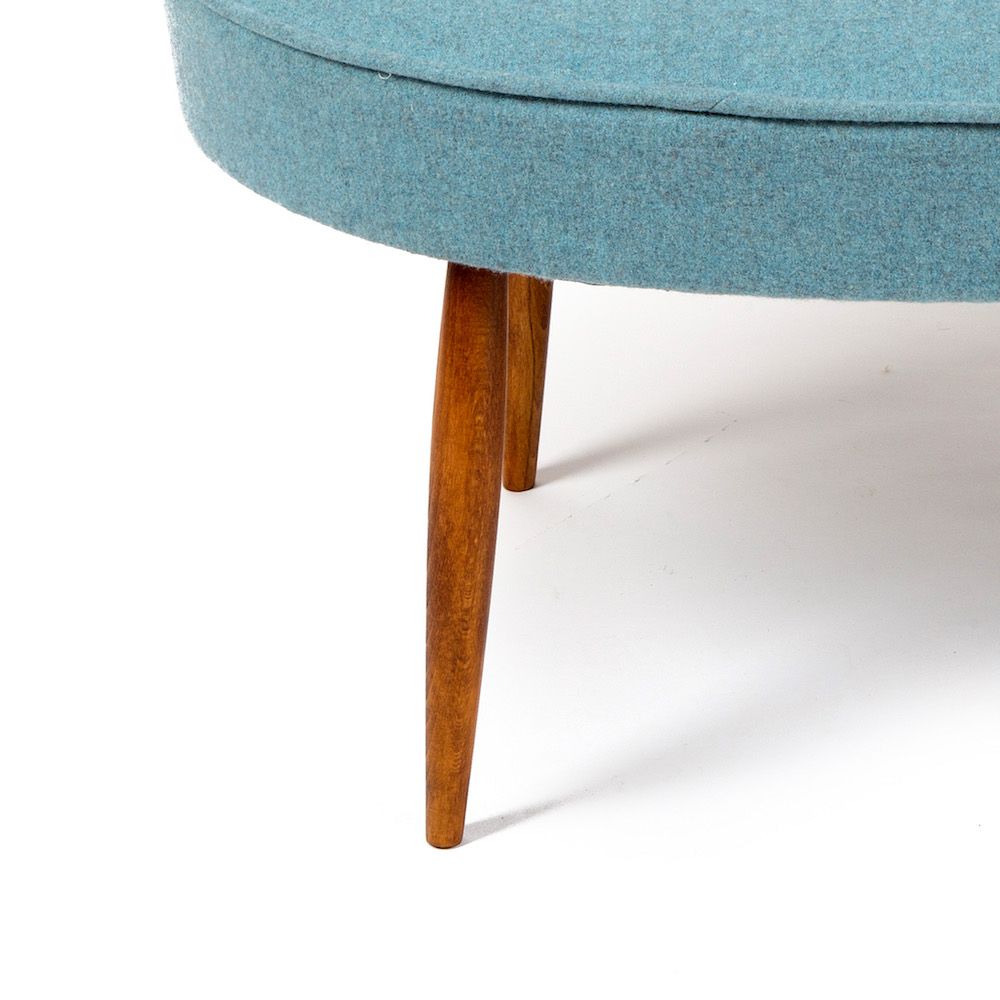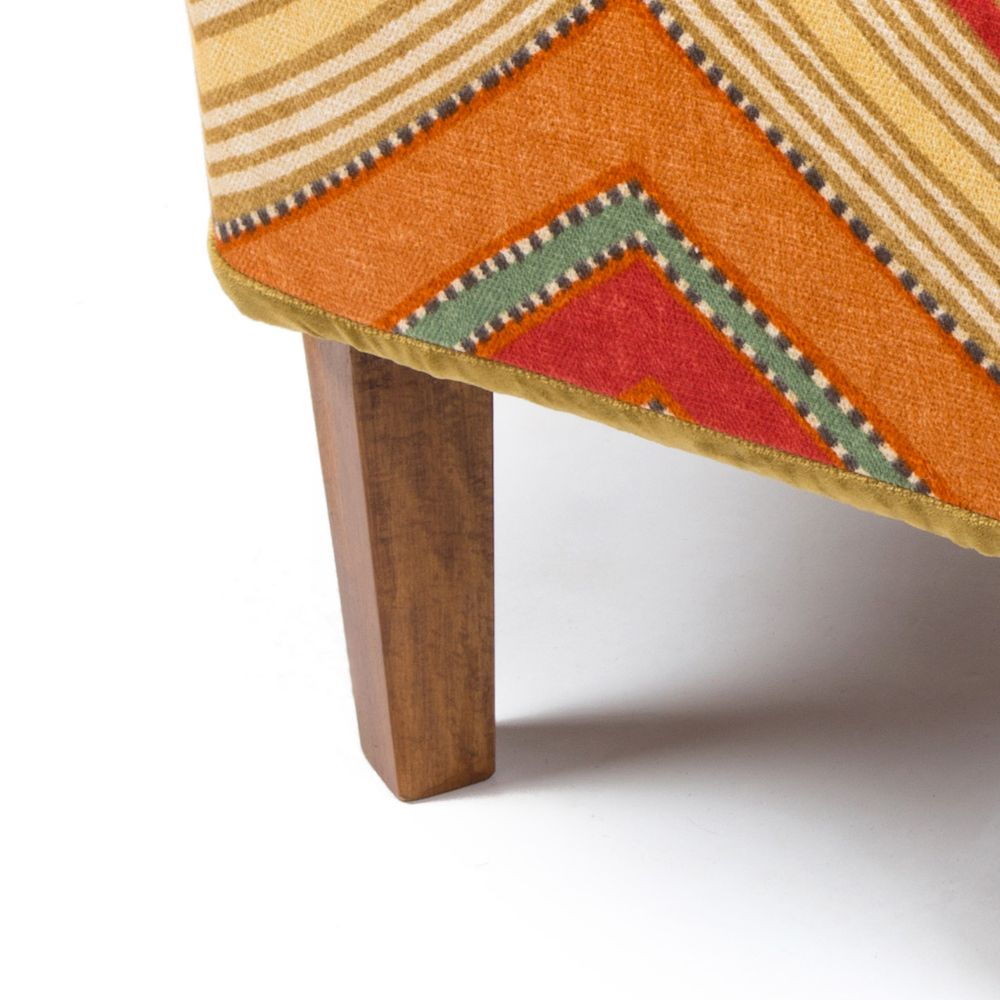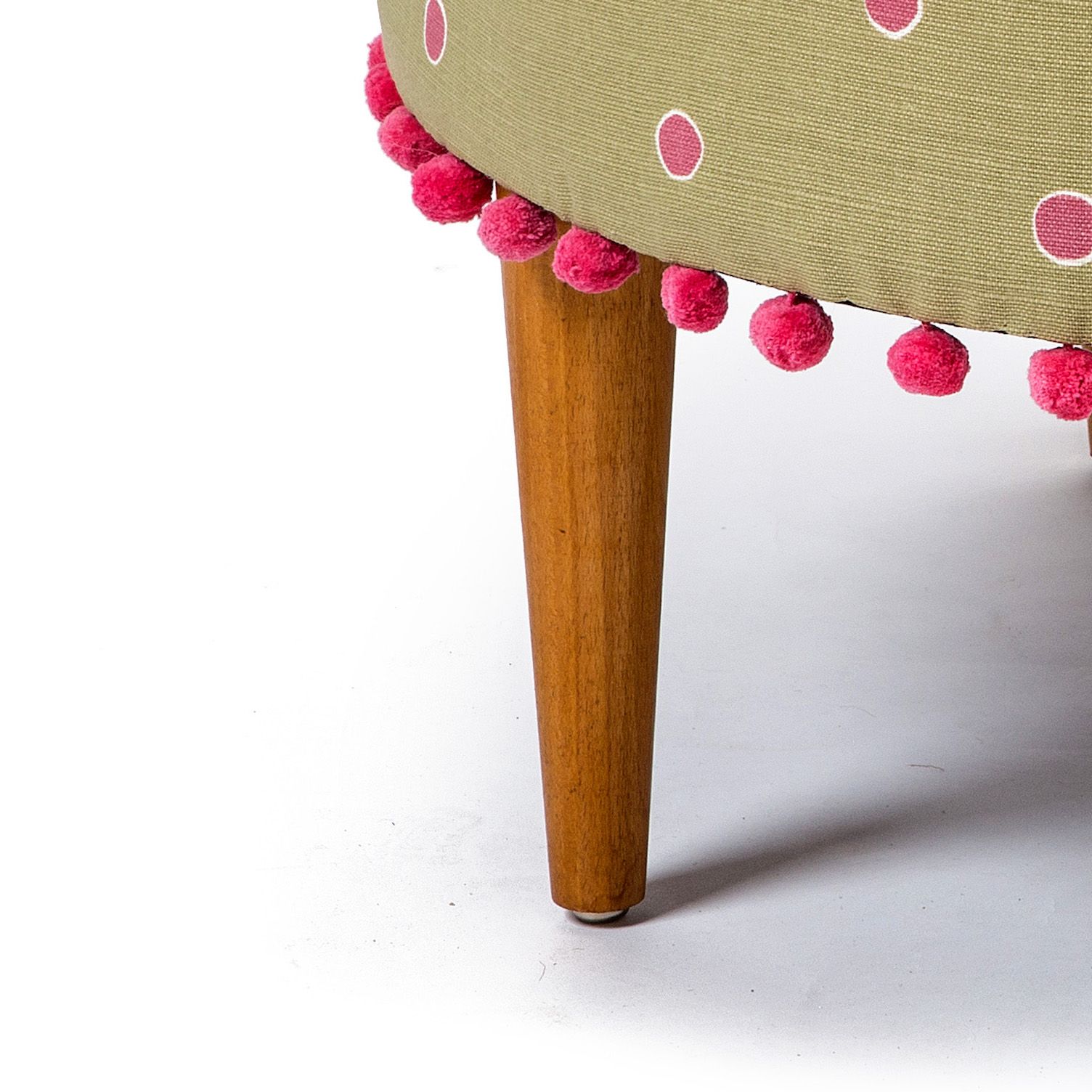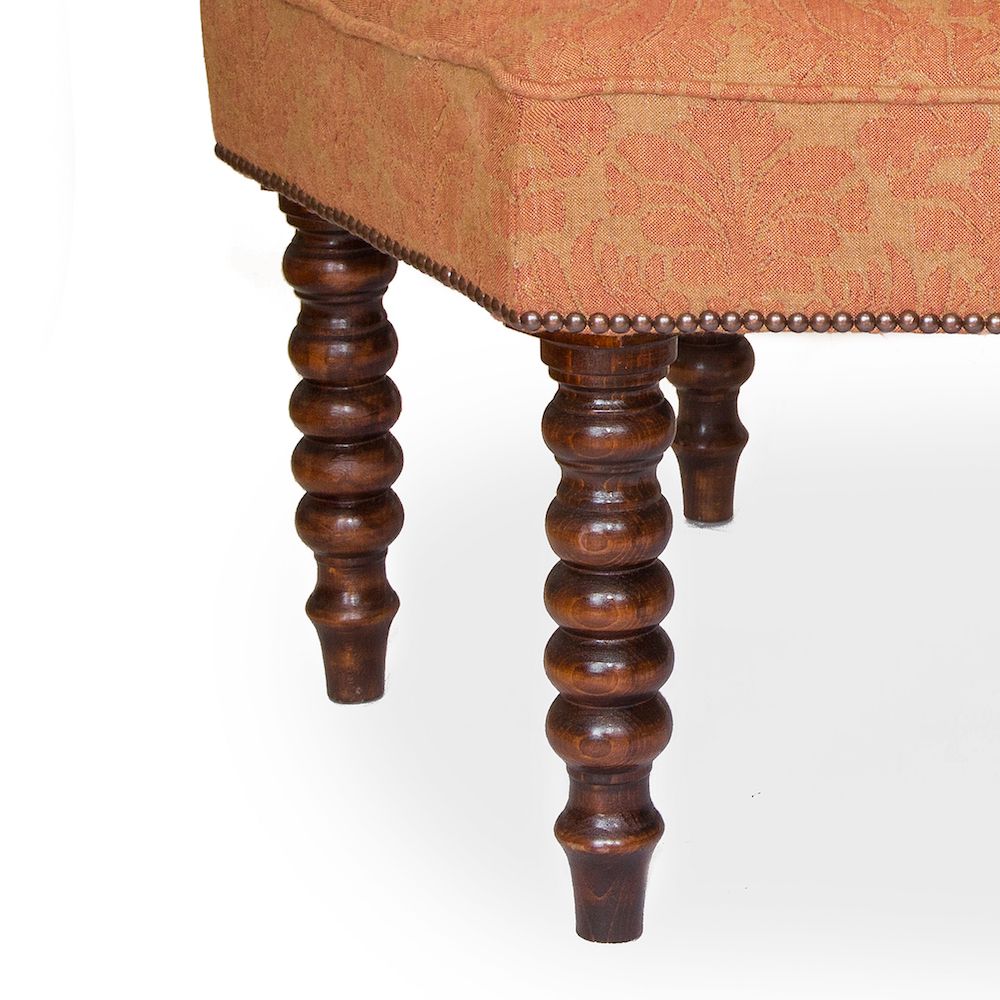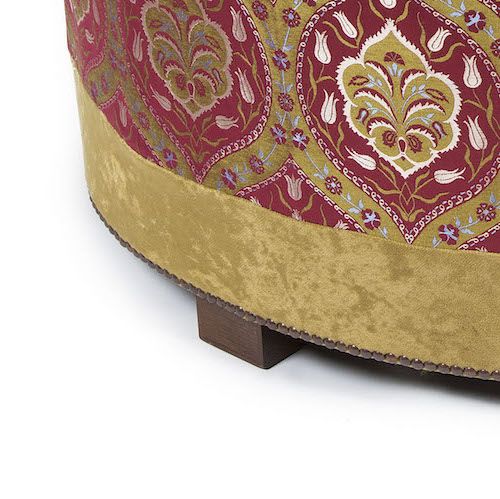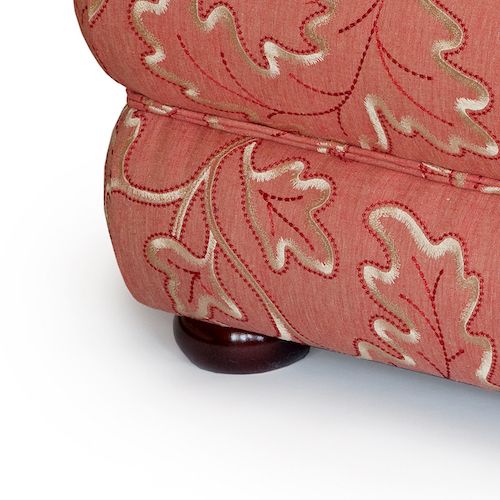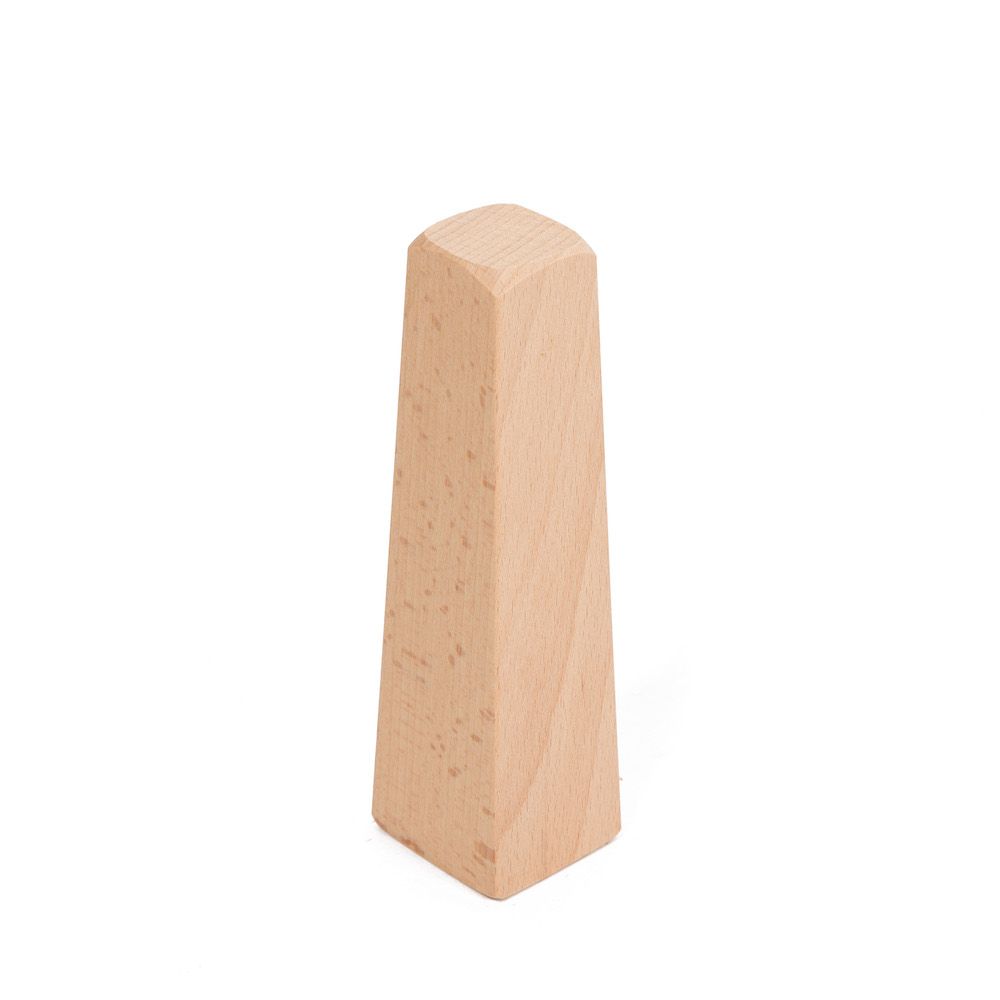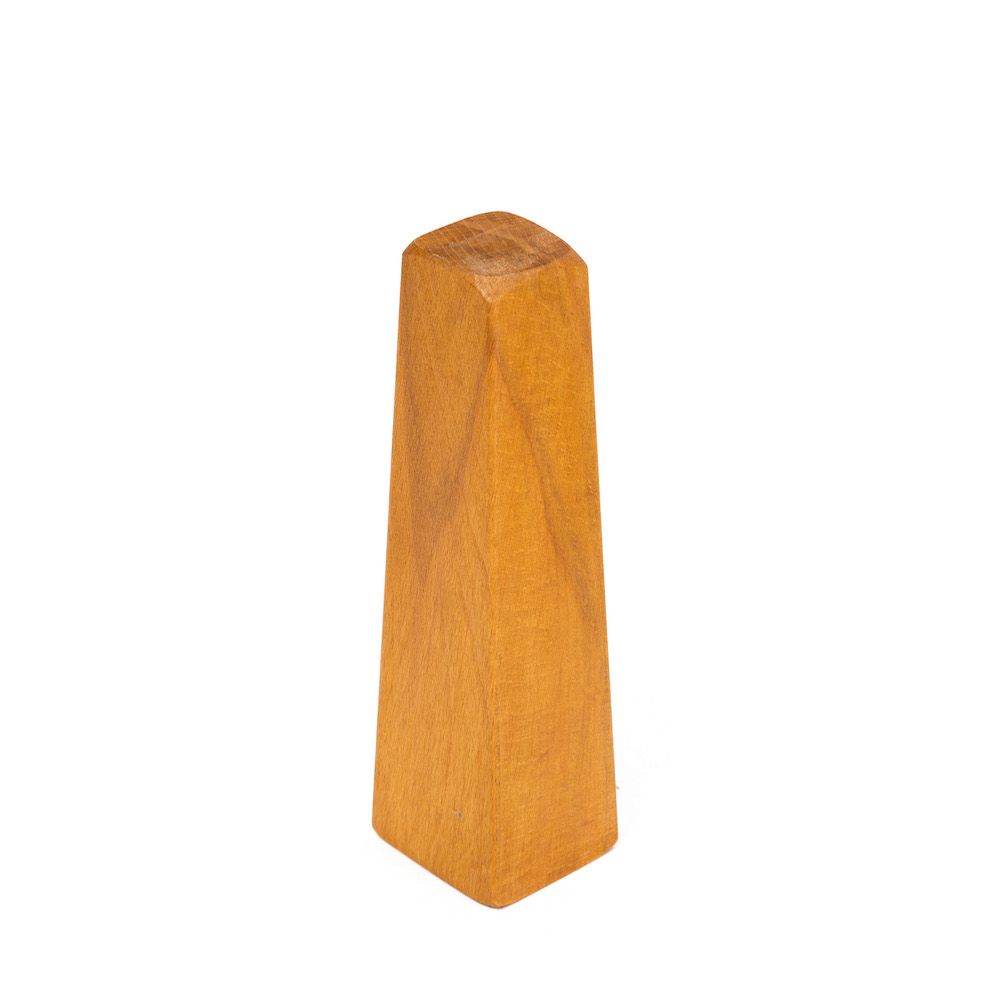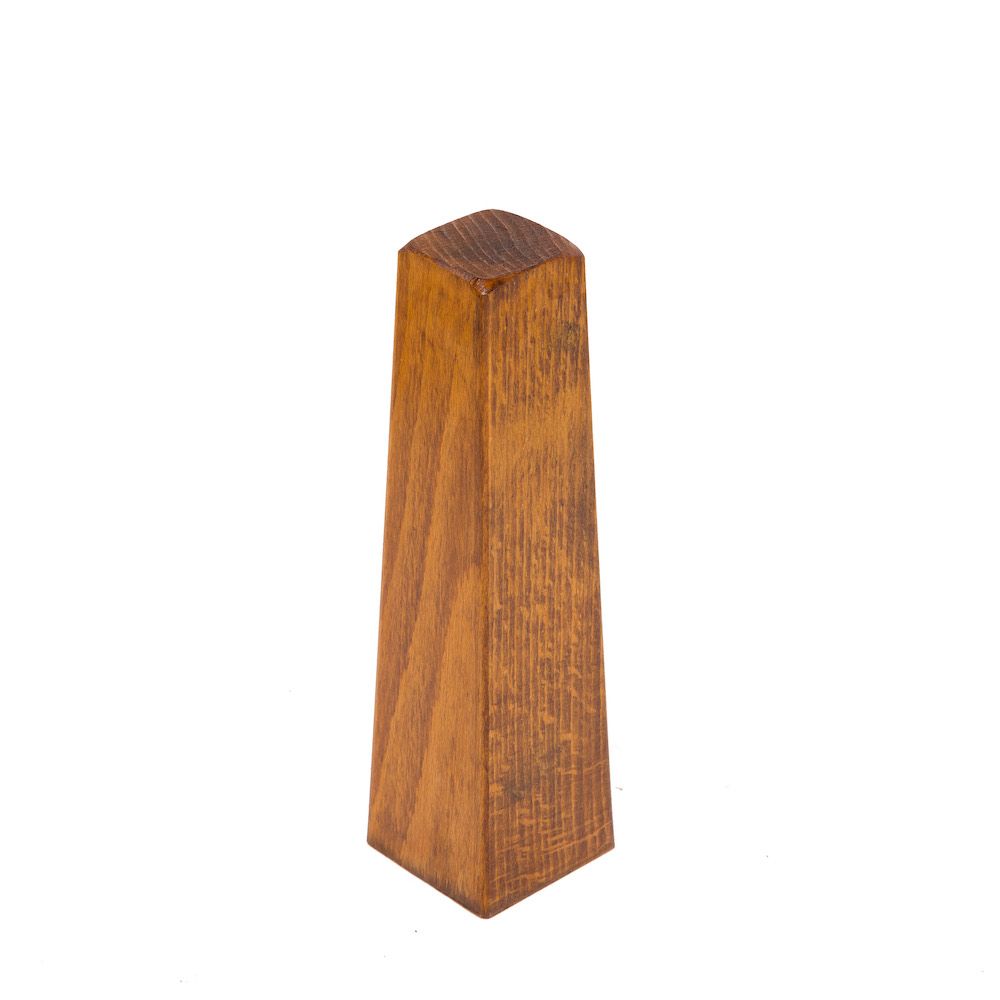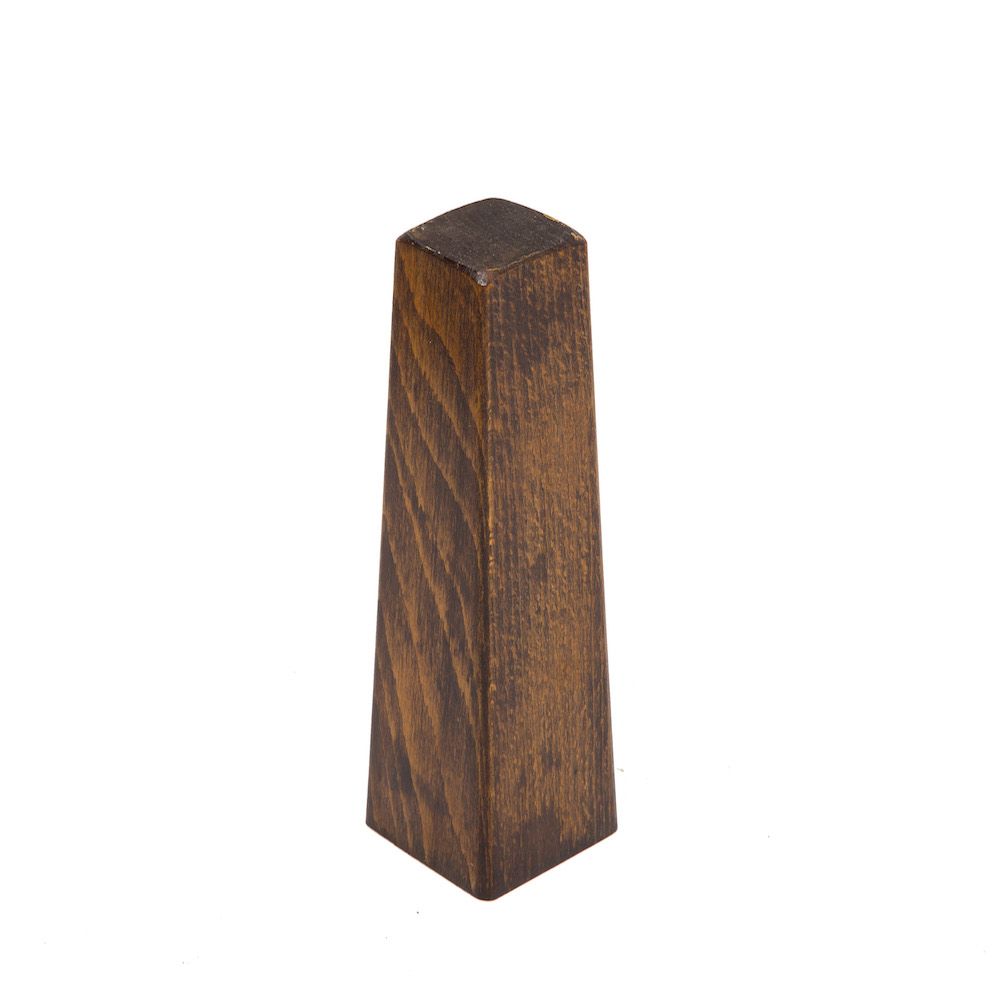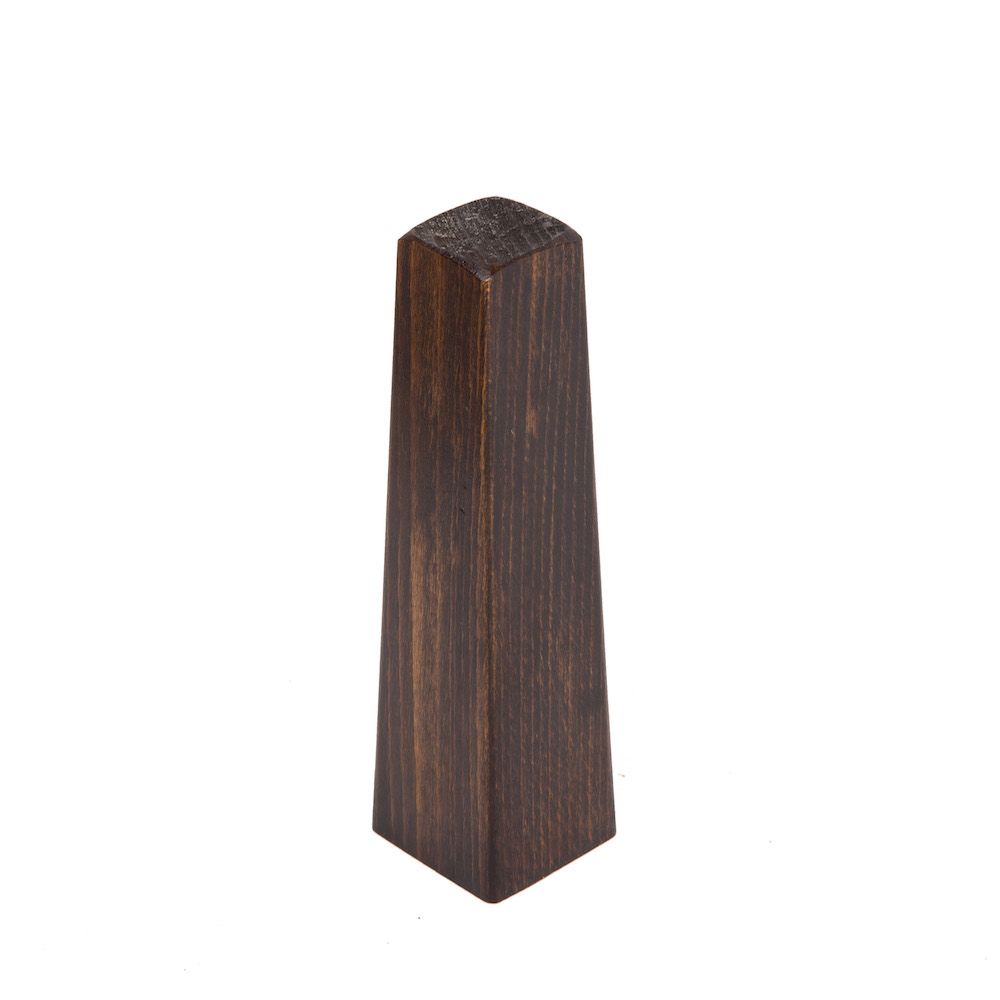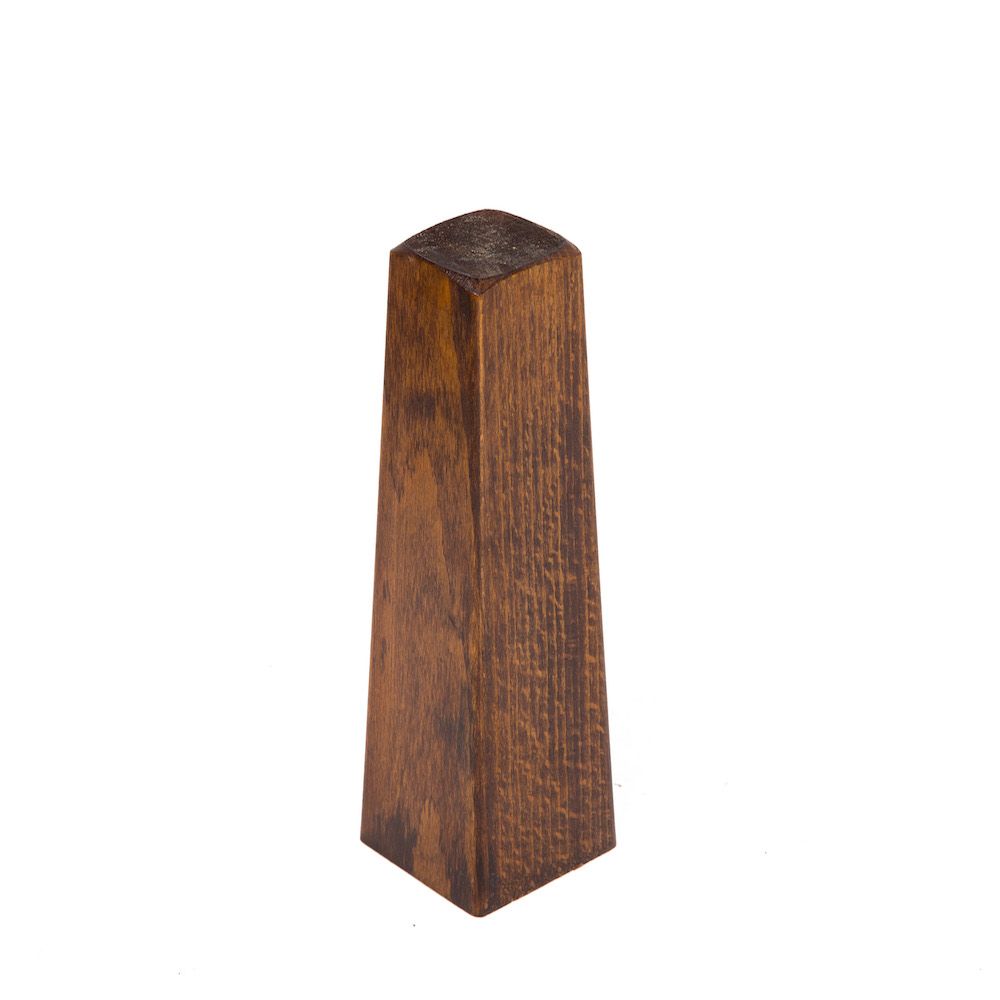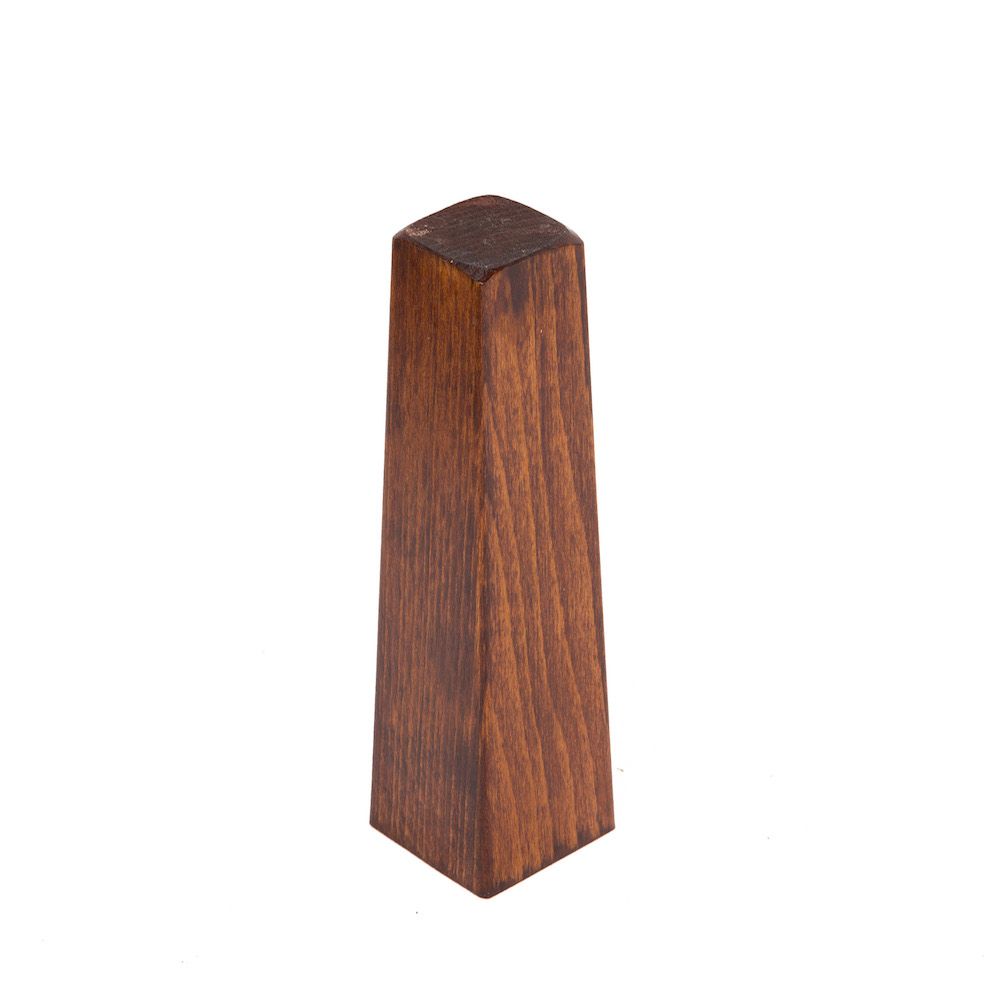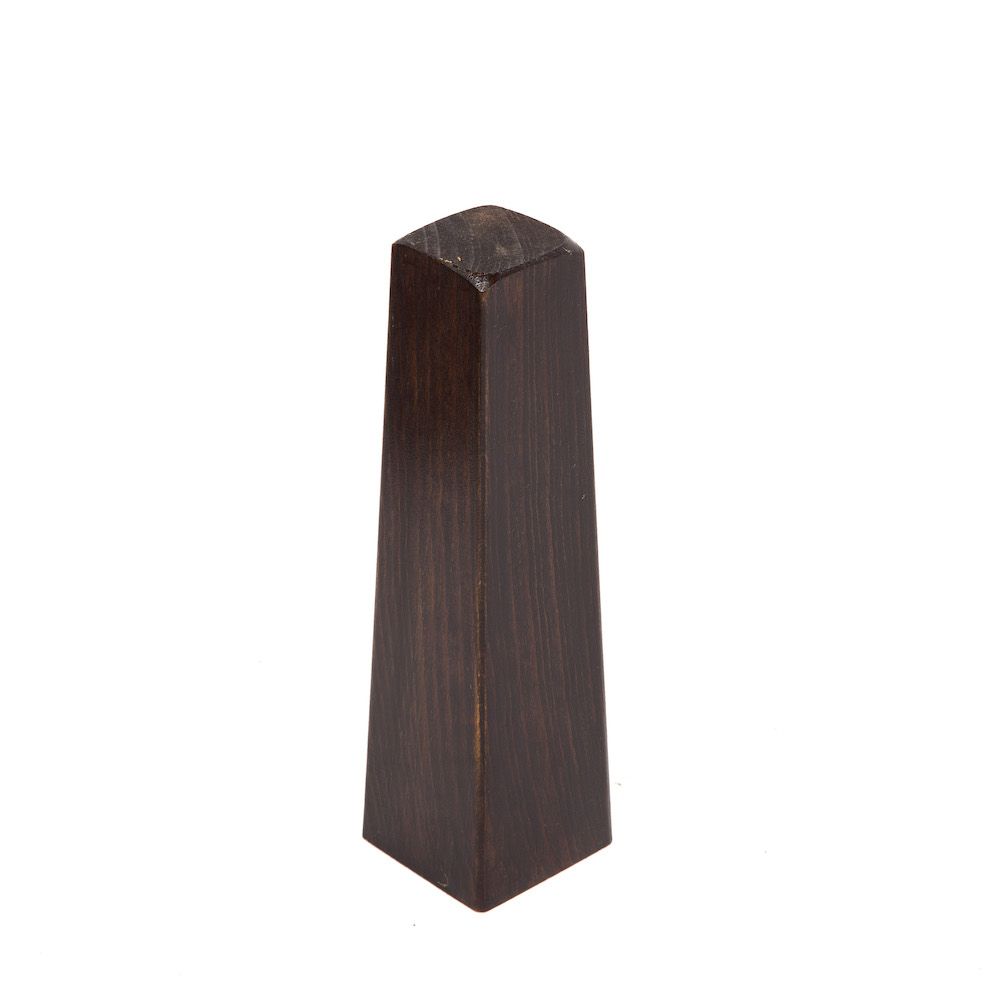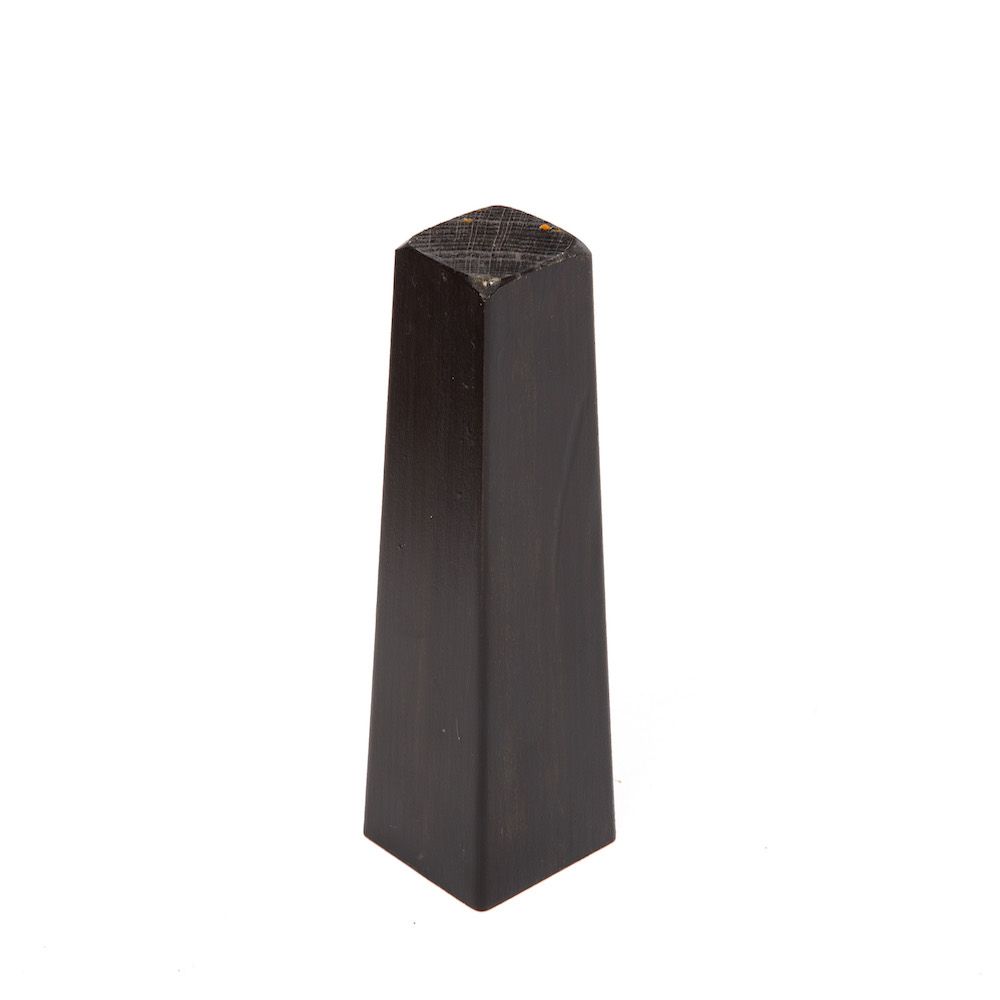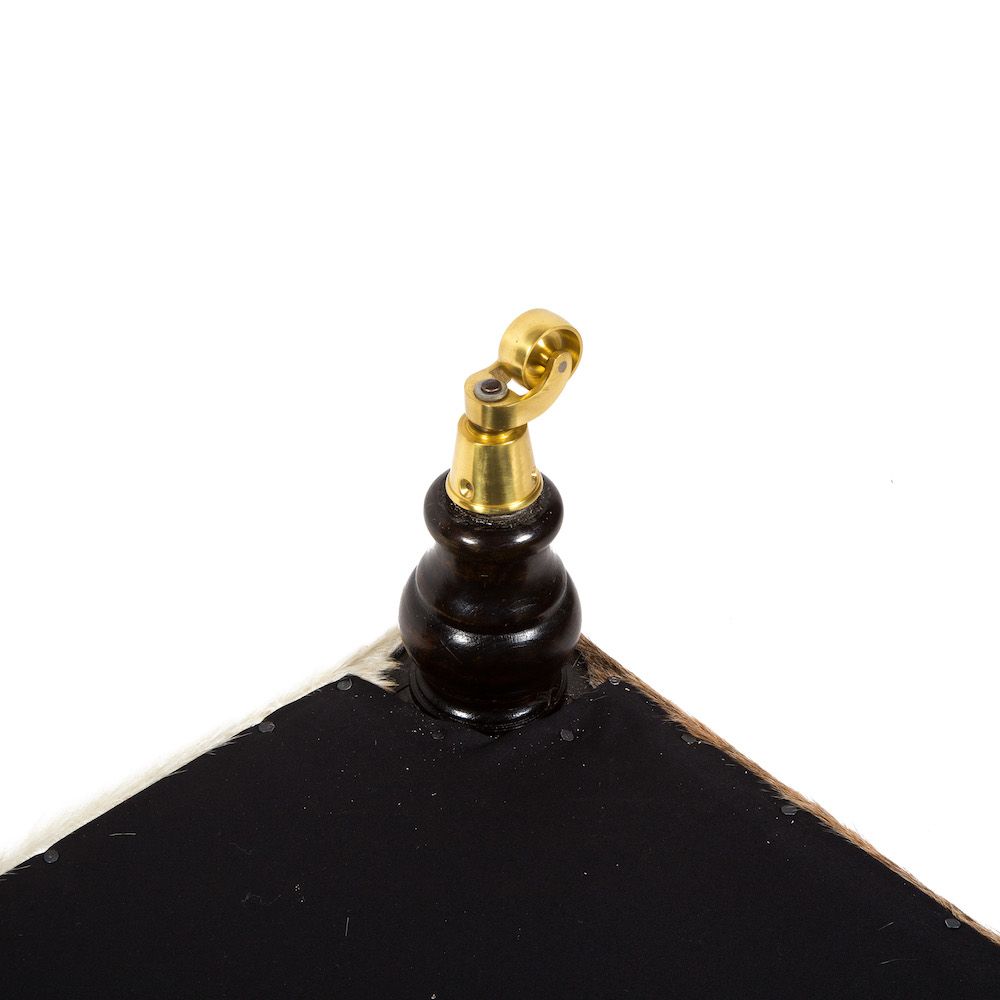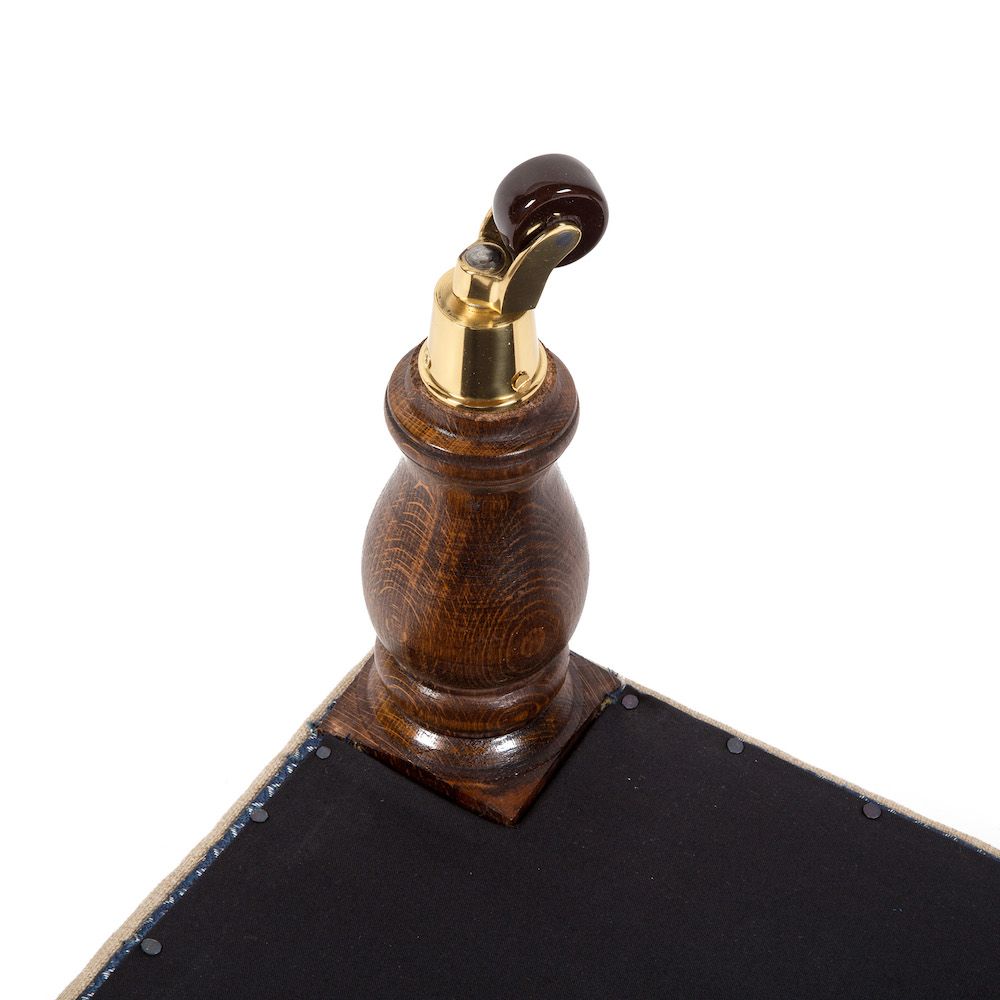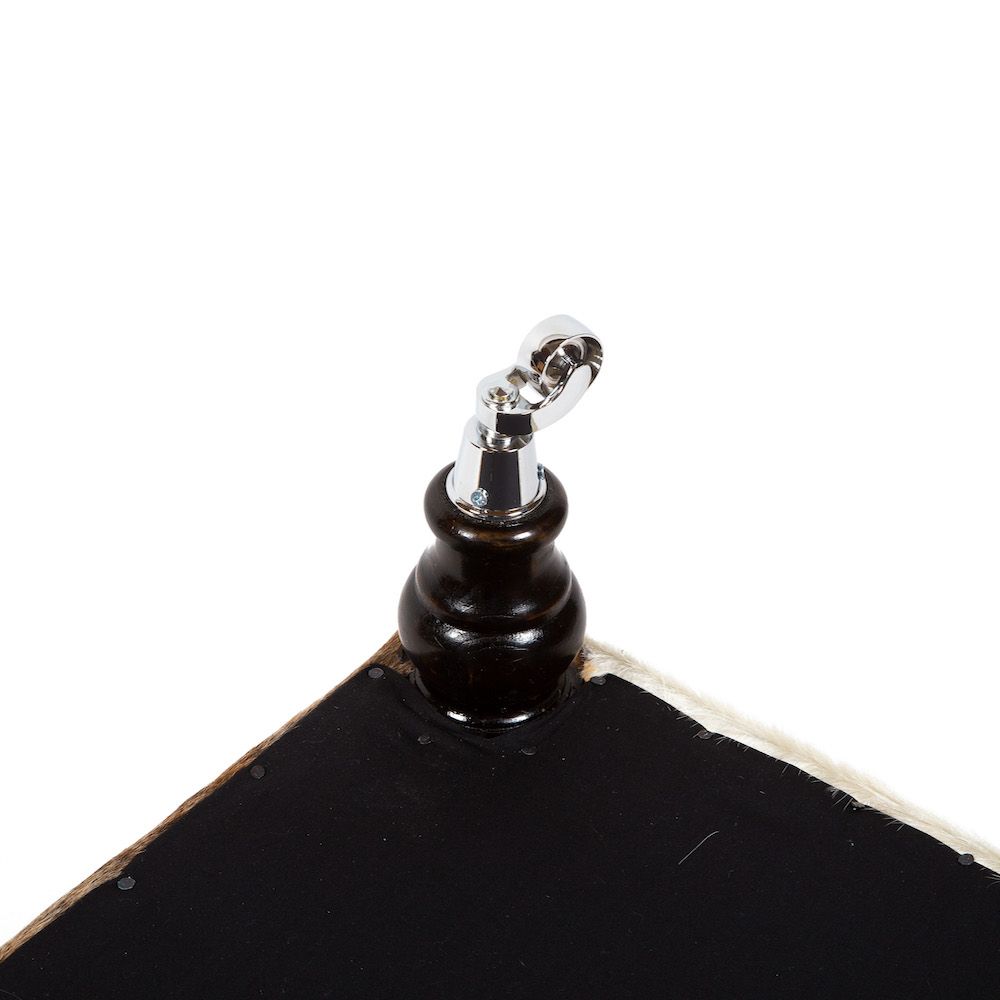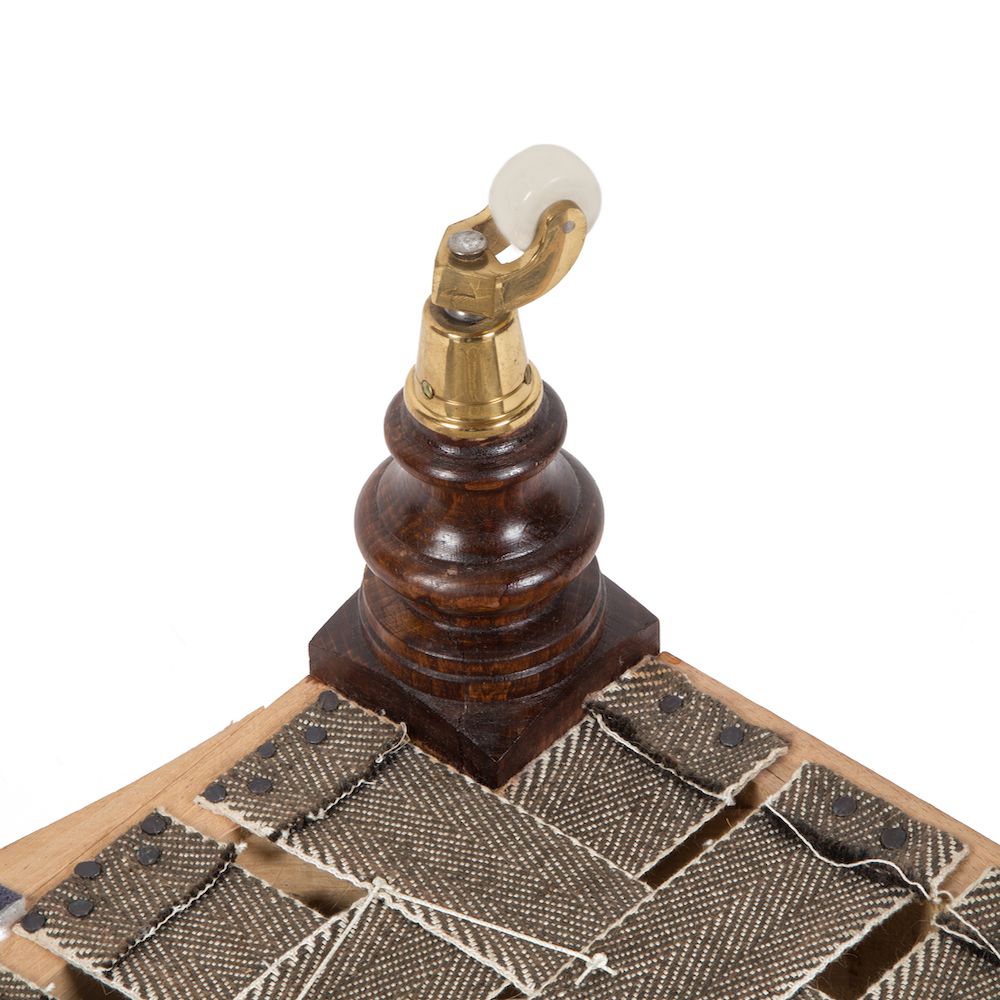Fabric, Trim, Legs & Finishes
Ordering Your Fabric Couldn't Be Simpler
Fabric Designers
If you're not sure where to begin when it comes to fabric, here are just some of the designers we work with on a regular basis. Click the logos below to view the designer's own websites and order through us for ease. We can also work with your own antique or global textiles.
Choosing Fabric & Trim
Keep it simple, or be as creative and original as you like. Choose a combination of two, or even three fabrics, depending on whether your stool has a border or piping – or both.
There are lots of trim options to choose from too. We’ll include double piping, studs, scroll gimps and up to ten float buttons all in the price*. View our STYLE DICTIONARY below for border and trim options.
Please bear in mind most fabric companies require a minimum order of one metre, plus a small fabric delivery charge which varies by company. We use a wide range of designers, and you can view some of their most popular collections at the top of this page.
*Studs are charged at an additional 10% of the base footstool price.
Fire regulations
Due to fire regulations, we can only supply fabrics that are 75% or more natural fibres. We use a barrier cloth under all fabrics which is a wool mix variety (we include this in the price of the footstool). If you choose a fabric which is less than 75% natural fibres, we can honour this on the basis that you are responsible for providing us with the fabric and that you take full responsibility of any associated risk.
Check out our design tips to help get you started.
Quantity
This guide will give you an idea of the quantity you’d need for certain types of stools listed in our gallery page:
The size and style of your footstool, as well as any pattern repeat, will determine the amount of fabric you’d need. Once we’ve received your footstool order, and you’ve made your fabric selection, we’ll advise you on quantities.
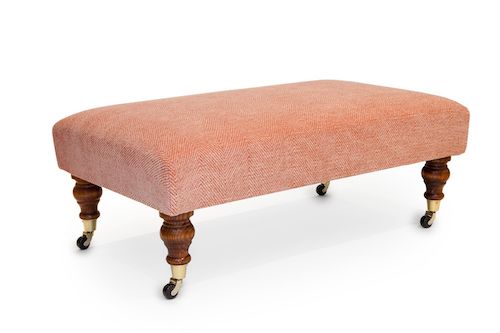
100cm x 60cm
Rectangular narrow border wrapover stool measuring
Required 1 metre of fabric
(double piping if required optional in contrasting fabric, 1 metre)
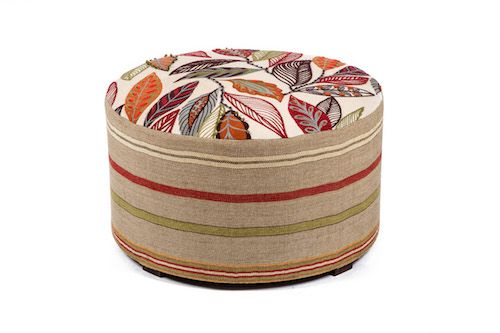
80cm diameter
Circular bordered to floor
Required 1 metre for the top and 2.75 metres for the border (if run lengthwise)
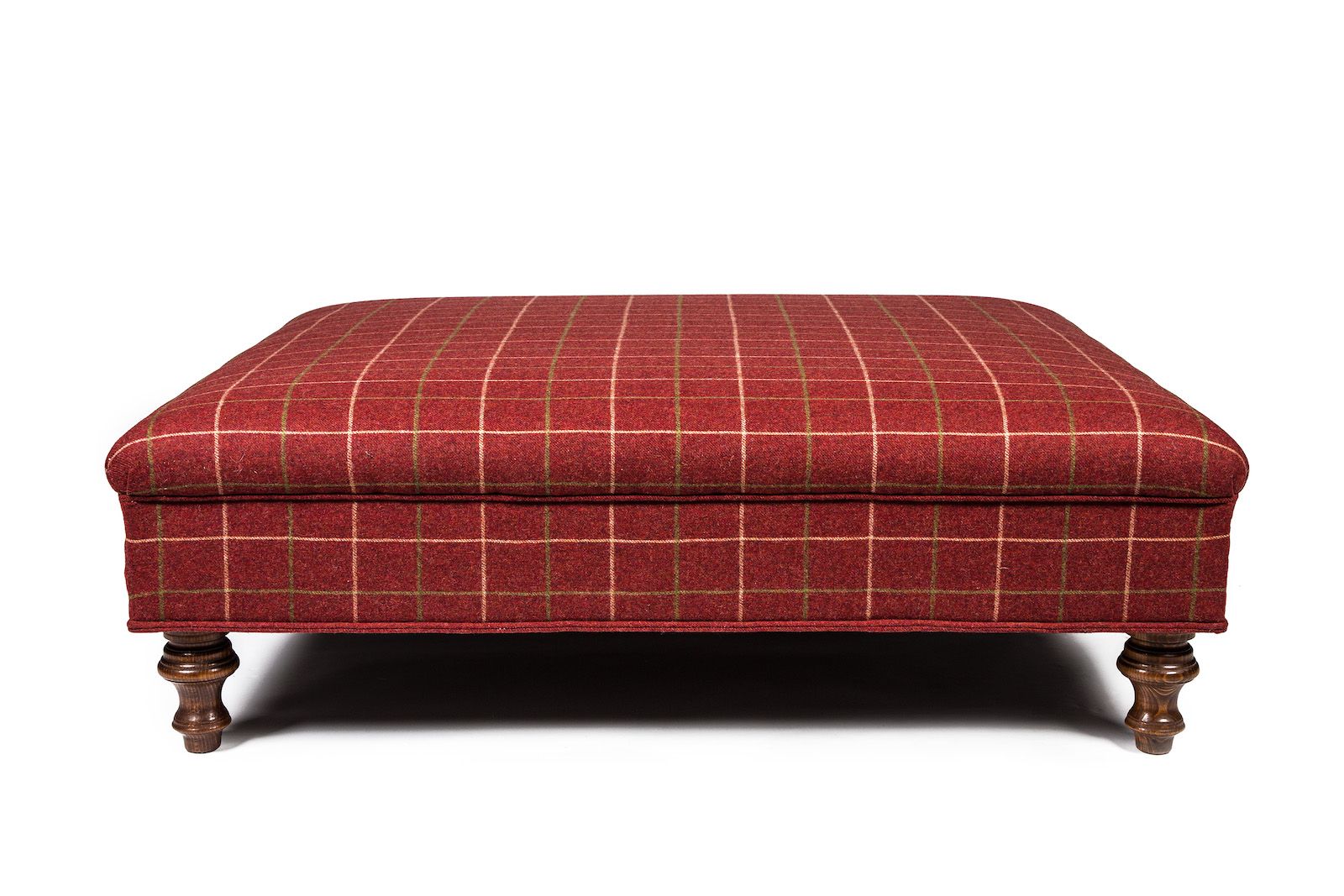
120cm x 100cm
Rectangular medium bordered roll top
Required 3.5-4 metres
(1.75-2 metres for the top run lengthways and 1.75 metres for the border and piping)
Style Dictionary
BORDER DEFINITIONS
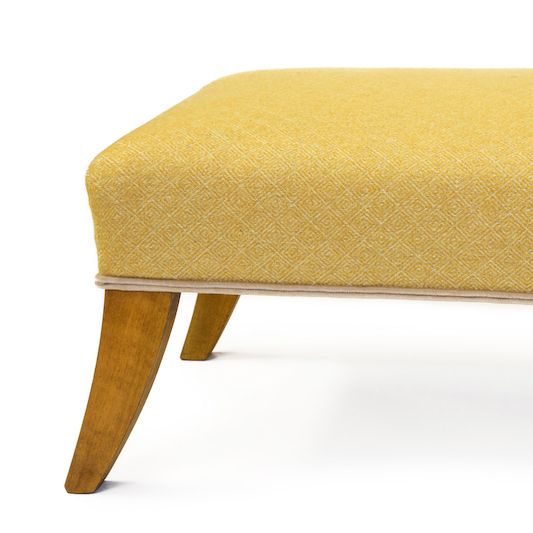
Wrapover
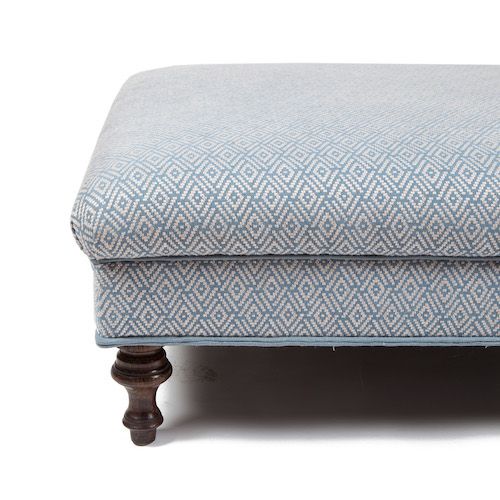
Rolltop
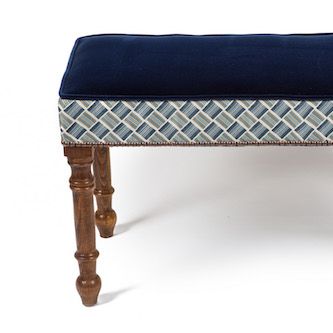
Bordered (piped) top
TRIM DEFINITIONS
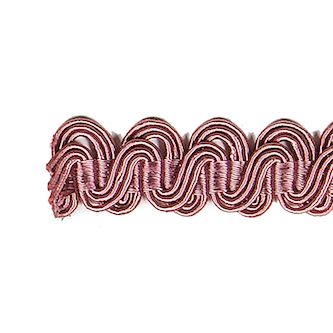
Scroll gimp
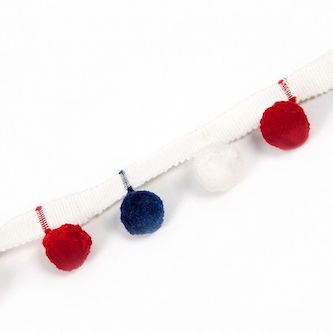
Pom pom trim
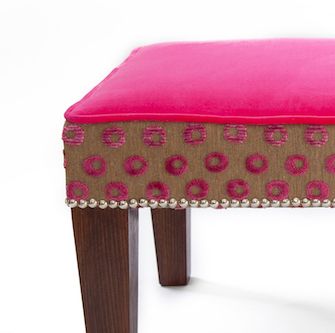
Studs
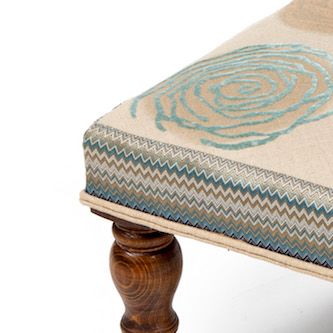
Double piping
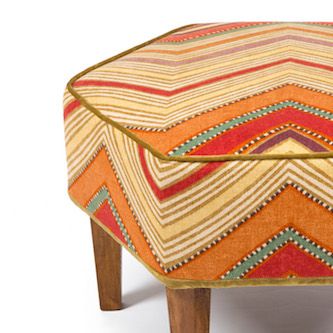
Fabric panel trim
Design Tip 1
Why not go for contrasting piping, double piping or buttons, picking colours and textures from the fabric or your decor? For example, double piping in a silky velvet such as Designer's Guild Moyarta frames this silk perfectly.
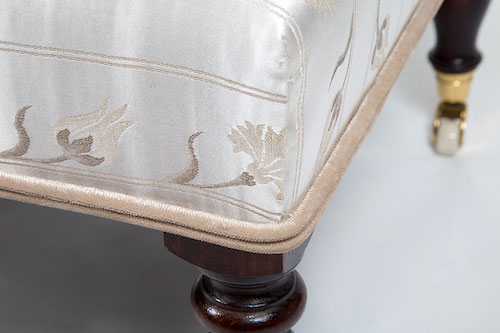
and the silk on these buttons picks out the silk threads woven into this Designers Guide fabric, Hirschfeld.
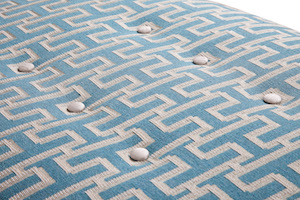
Design Tip 2
Design Tip 3
When we receive your fabric choice we may suggest you tweak your stool measurements to better display the pattern, as the results can be fantastic even with small changes. We can even build the stool to the exact pattern on the fabric for an eye catching result.
Design Tip 4
Running fabric lengthwise can create a highly original and fresh look especially if a stripe is used lengthwise around the border. Don't be scared to experiment with the pattern on your fabric and we may suggest options to you when your order is placed.
Design Tip 5
Your stool can of course be any height, as it is entirely bespoke. As a general rule of thumb however, large table stools work well at around 15 inches, side table at 18-20 inches or a low footstool at 12 inches.
Design Tip 6
If you go for the turned leg option, please bear in mind we use a variety of turned legs determined by the size and style of the stool. In other words we ensure the very best possible turned leg for the stool and they are not all identical. Once we have received your order you will receive clarification of the exact turned leg we will be using.
Scroll Gimp Colours
Pom Pom Colours
Stud Colours
Leg Styles
Leg Colours
Castor Colours
Website by Greenleaf. All rights reserved.
















